As the weather begins to warm up, it's time for gardeners across the nation to get their gardens active once again!
There are plenty of different plants to get started growing as spring starts, so we’ve put together our best recommendations on what to plant in spring in Australia, including our spring vegetable seeds and flower seeds to sow in spring. We’ve also got tips on how to look after your plants in late spring, helping you to keep them happy and healthy as they grow.
So, read below to find out how you can make the most of September, October, and November in your garden!
What to Plant in September
What Vegetables to Plant in Spring: September
As some areas of the country may still be a little cool, start your summer vegetable seeds, such as capsicum seeds, tomato seeds, chilli seeds, and cucumber seeds, in warm areas like your windowsills. Fortunately, we have windowsill greenhouse kits that come in many varieties, perfect for this purpose.
If the frost has passed in your area, make sure you get your cucumbers, tomatoes, sweetcorn seeds, melon seeds, and zucchini seeds in the ground for a nice early crop. Whether it’s a blue lake, butterbean, scarlet runner, or even a Borlotti bean, now is a great time to get your favourite bean seeds in the ground.
Many of your favourite salad vegetables should be watered regularly and fed every two weeks with an all-purpose liquid fertiliser. It’s also advisable to add mulch around your plants to keep weeds at bay and retain soil moisture. When in their later stages of growth, they should be harvested regularly for optimal flavour.
What Flowers Can You Plant in Spring: September
Remember to plant some coloured magnificence by sowing flower seeds, such as sunflower seeds, petunia seeds, zinnia seeds, and even marigold seeds, too. Marigolds are great when planted near your vegetables, as they can help deter insects.
Additionally, bulbs such as oriental lilium bulbs, dahlia tubers, hippeastrum bulbs, and calla lily bulbs can be purchased in early spring and planted in time for a summertime display.
Don’t forget about your potted beauties indoors and out, as they need some tender loving care too. Some plants may have outgrown their current pots, for example, or just need an extra boost of nutrients. Either top up the pots or replant them into another pot using a good potting mix and a slow-release fertiliser. If the root systems are getting out of control, give them a little trim before replanting and remember to look after your hanging baskets as well.
Starting a Compost Heap
A compost heap will be your garden’s best friend, generally made up of things like banana peels, coffee grounds, citrus rinds, potato skins and apple cores, all of which provide the necessary nutrients for your crops. These nutrients are slowly released to plants throughout the season without using harsh chemicals. Learn how to start a compost heap with our helpful guide.

What to Plant in October
What Vegetables and Fruits to Plant in Spring: October
There is a wide variety of vegetable seeds that can be sown in October, including beans, beetroot seeds, carrot seeds, eggplant seeds, leek seeds, lettuce seeds, pumpkin seeds, and radish seeds. You can also grow vegetable and fruit seeds, such as capsicum, tomato, watermelon, zucchini, and sweet corn, in October, as it provides the perfect combination of warmer soil and ambient temperature.
Now that soil temperatures are warming and the risk of frost is gone, it’s time to plant out any seedlings you started indoors in August and September. It’s also not too late to sow capsicum seeds, tomato seeds, watermelon seeds, zucchini seeds and sweet corn seeds for a late summer harvest.
Many salad vegetables should be watered regularly, with a feeding every two weeks with an all-purpose liquid fertiliser. You should also add mulch around your plants to keep weeds at bay and retain soil moisture. Once ready, they should be harvested regularly for optimal flavour.
What Herbs to Plant in Spring: October
October is the ideal time to sow all herb seeds, too, and all your favourites thrive at this time of year. Most will allow first pickings in as little as 6-8 weeks and provide an abundance throughout the summer and following autumn.
What Flowers Can You Plant in Spring: October
It’s also a great time to sow flowers from seed. Popular varieties include cosmos, nasturtium, salvia and aster seeds, as well as gerbera, marigolds, petunia, portulaca, sunflower, and zinnia seeds.
Propagated seedlings of statice, carnation, gypsophila, and phlox can now be planted into your flower beds, ensuring a mass of colour in the coming months.

Growing Advice for November
Irrigation
In temperate and cool climates, the next few months might be very dry, so November garden duties are based on water management.
Like the tropical climates, applying a soil wetting agent would be beneficial. Rather than preparing for heavy downpours, this ensures that any rain reaches the roots, where it is needed most, and doesn’t sit on top of the soil surface for the sun to evaporate.
This is also why it is vital to keep your garden beds well mulched to keep your soil moist, stop the sun from causing large-scale evaporation, and provide much-needed organic materials throughout the summer. If you have hydrophobic soil (water-repellent), check out our hydrophobic soil treatment guide.
Make sure to water your garden regularly, as the heat can devastate vegetables that are low on water. Good watering will significantly help in achieving a healthy vegetable garden this summer.
Pruning
In November, you can also prune your spring-flowering plants that are starting to finish their flowering. It may also be time to remove your spring annuals if they no longer look attractive. November is still a relatively mild month, providing an opportunity to get all your summer annuals growing. For instance, calendulas begin blooming in as little as a month after sowing and continue to produce bright orange and yellow flowers right through to autumn.
If you have plants that flower from spring through summer, continue to remove the spent flowers, which will encourage most plants to flower again.


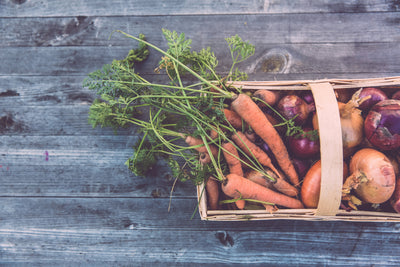
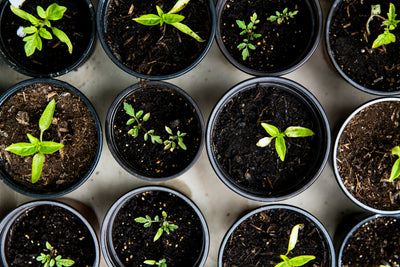
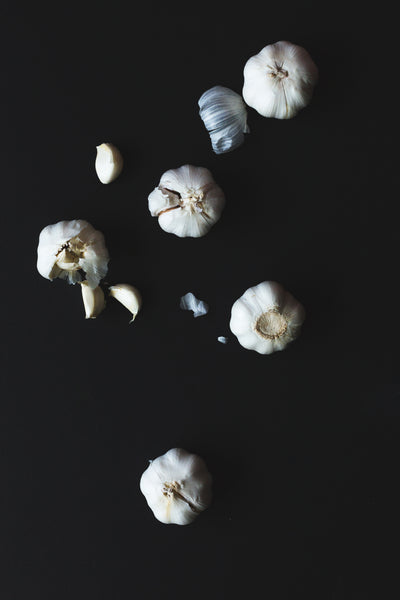
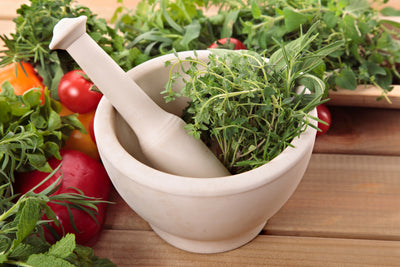
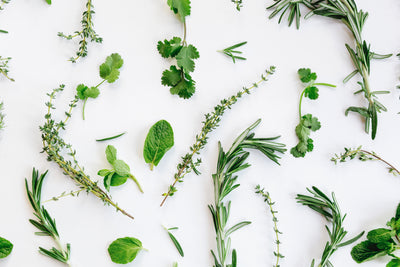
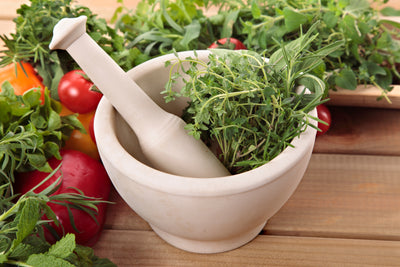
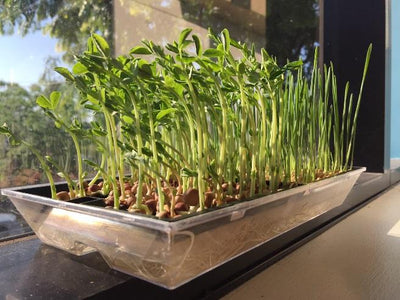
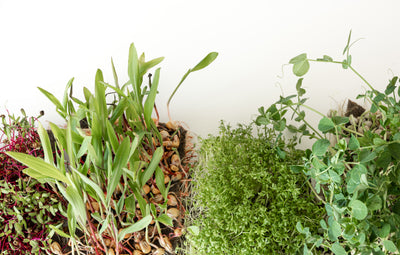
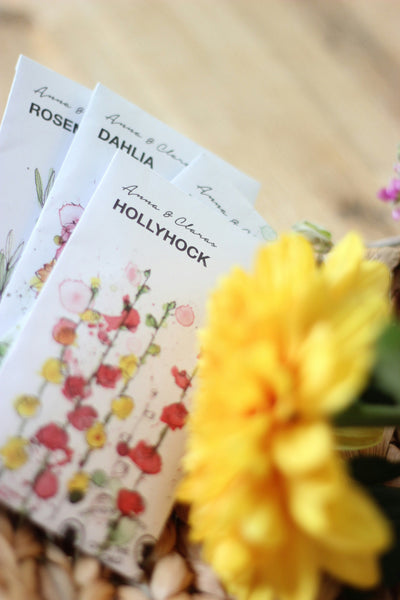
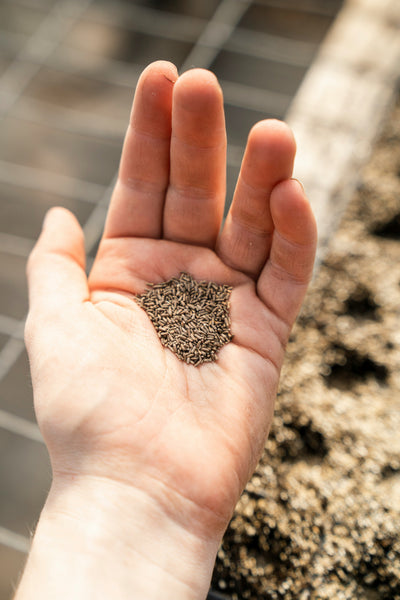

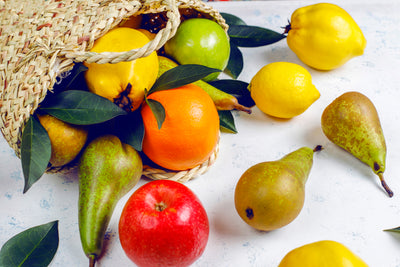
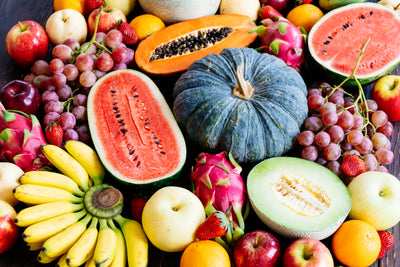

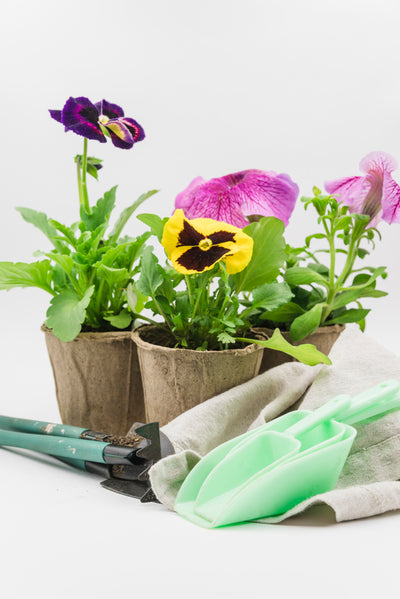
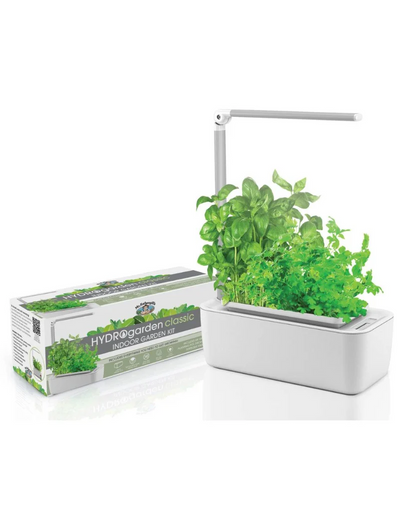
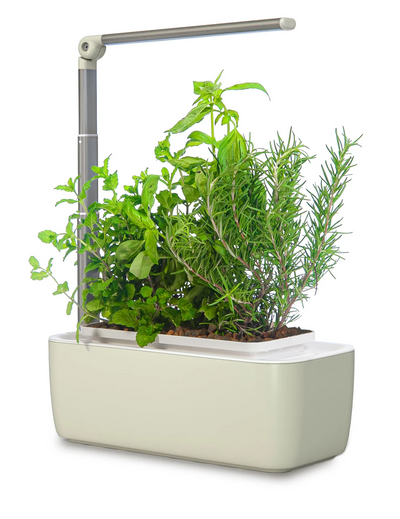

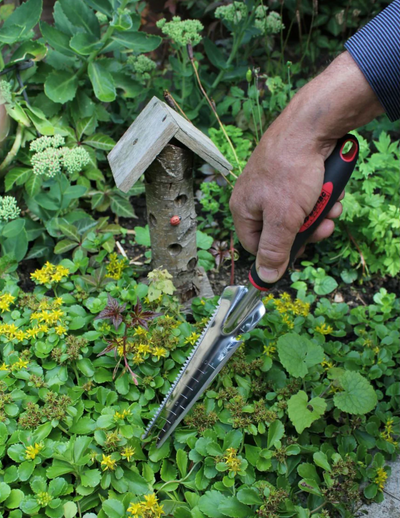

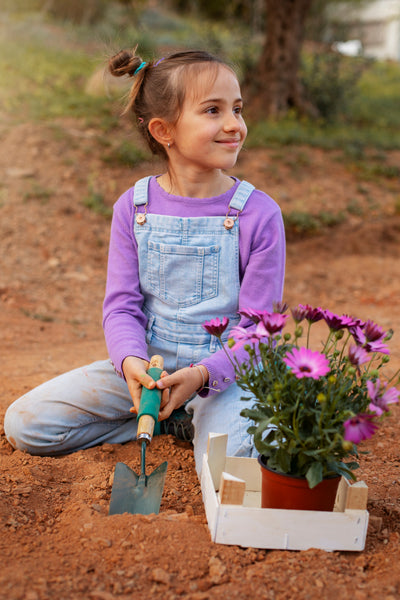
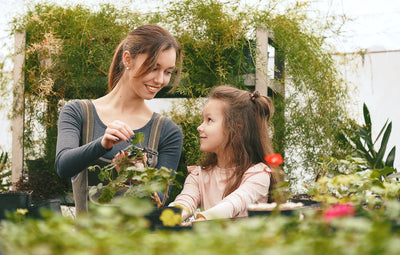
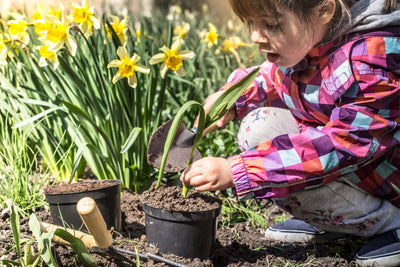
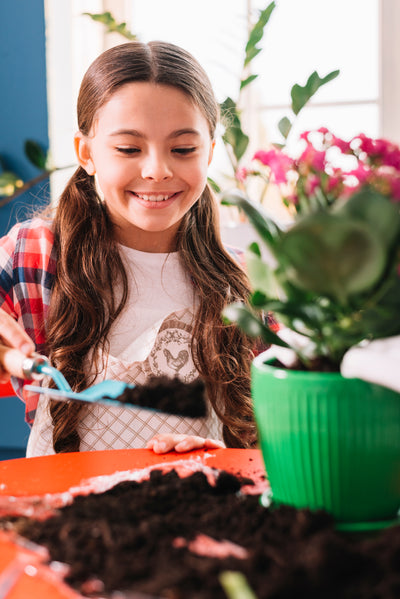
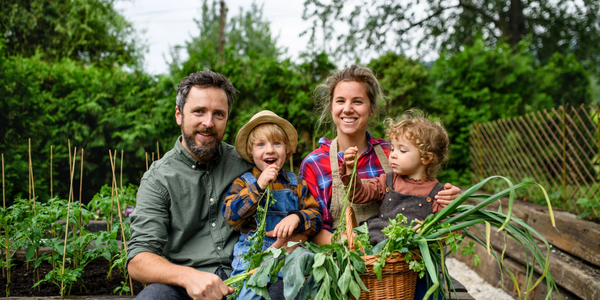
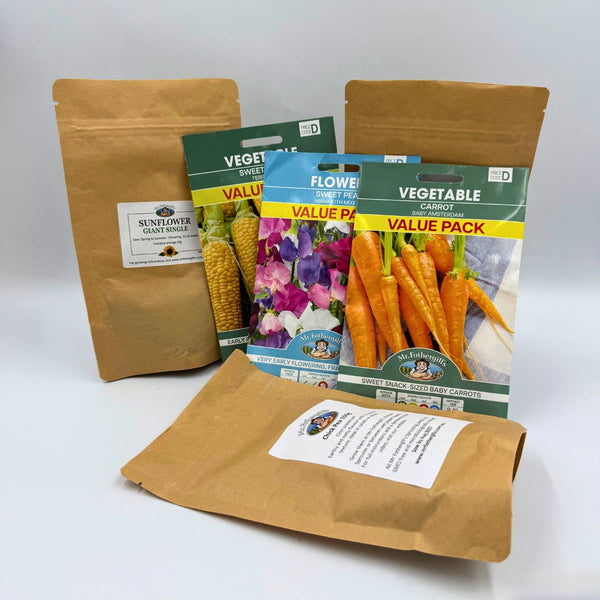
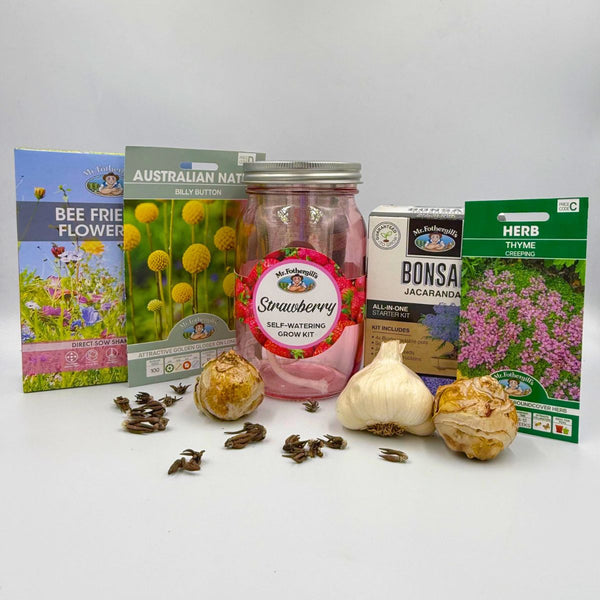
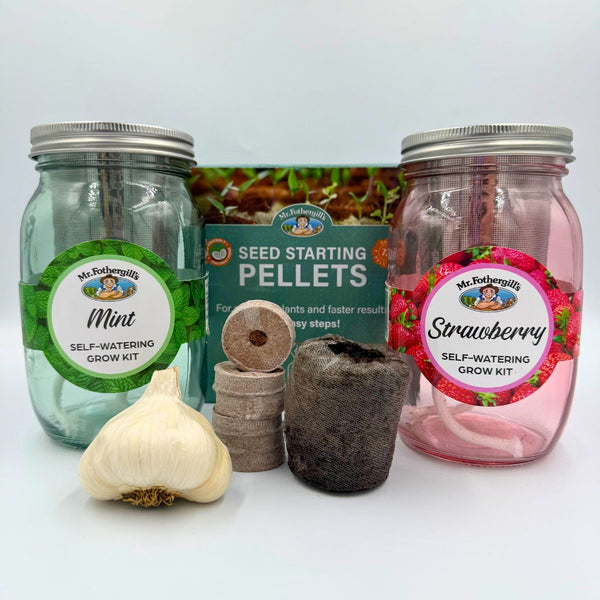
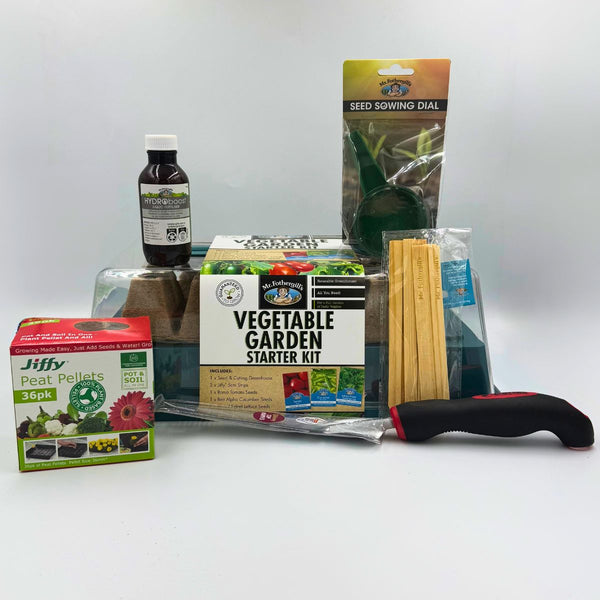
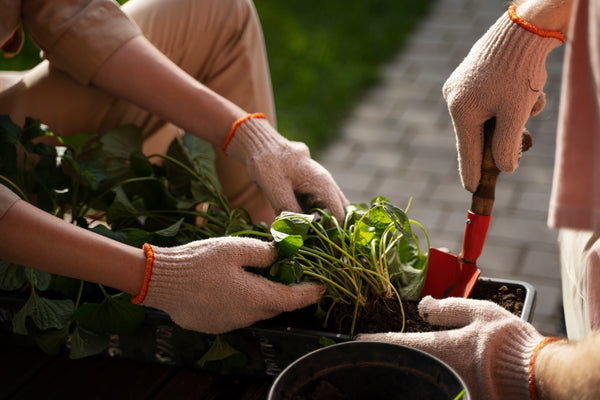
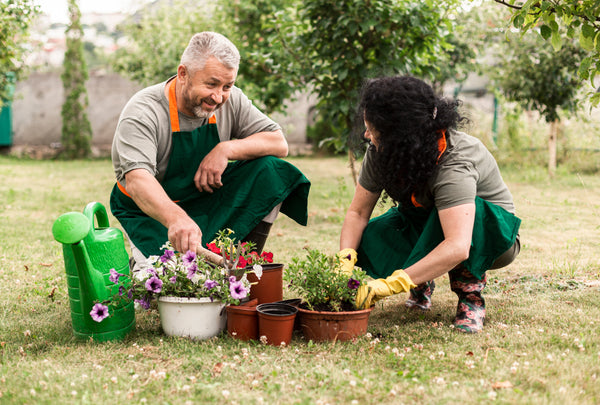
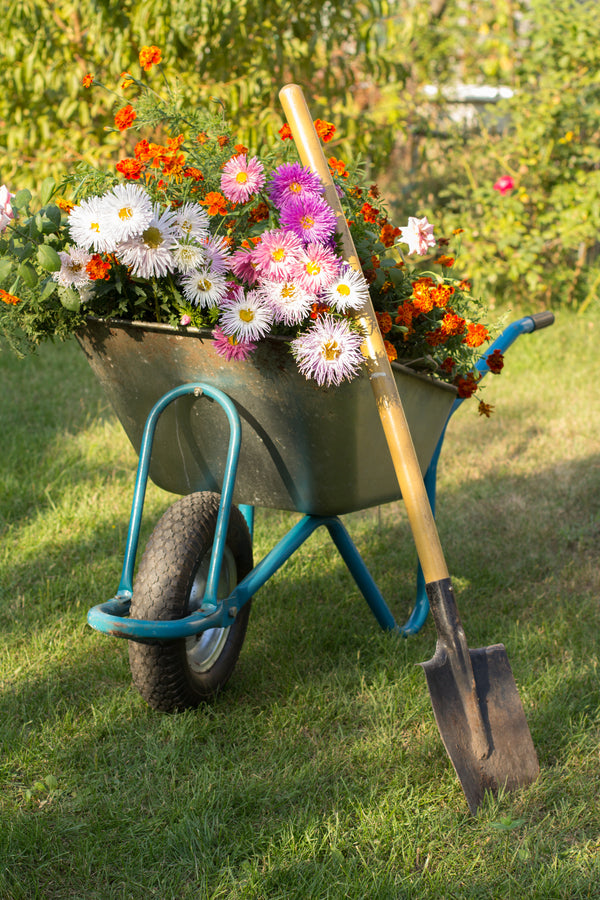
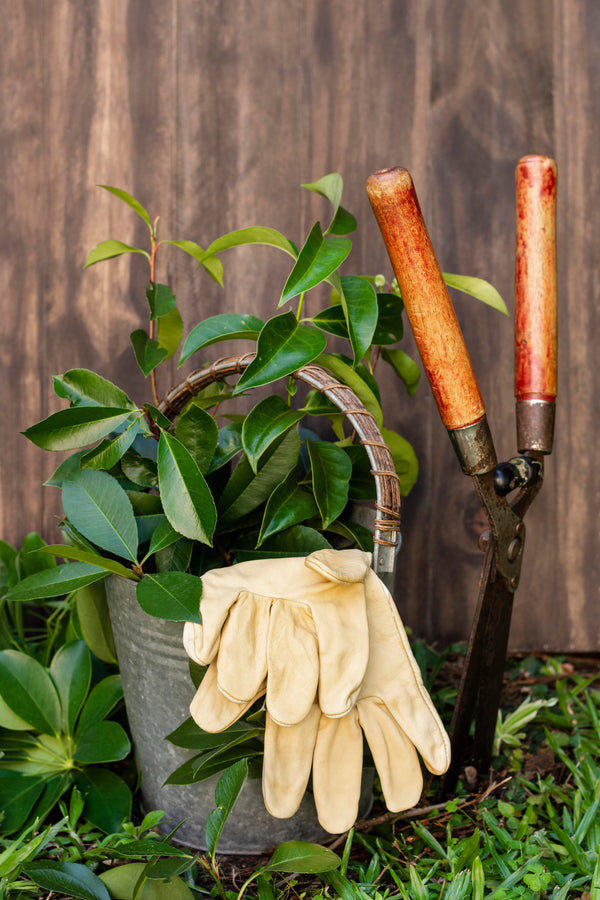
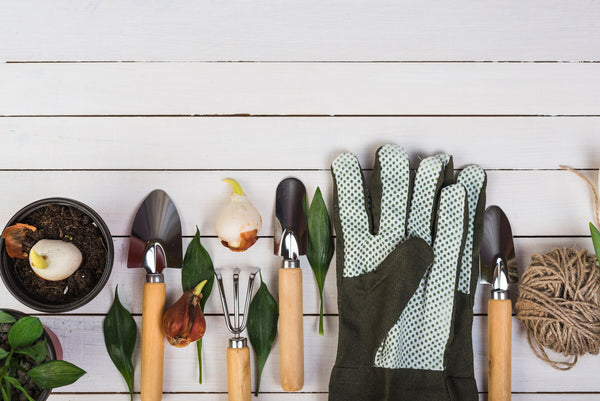
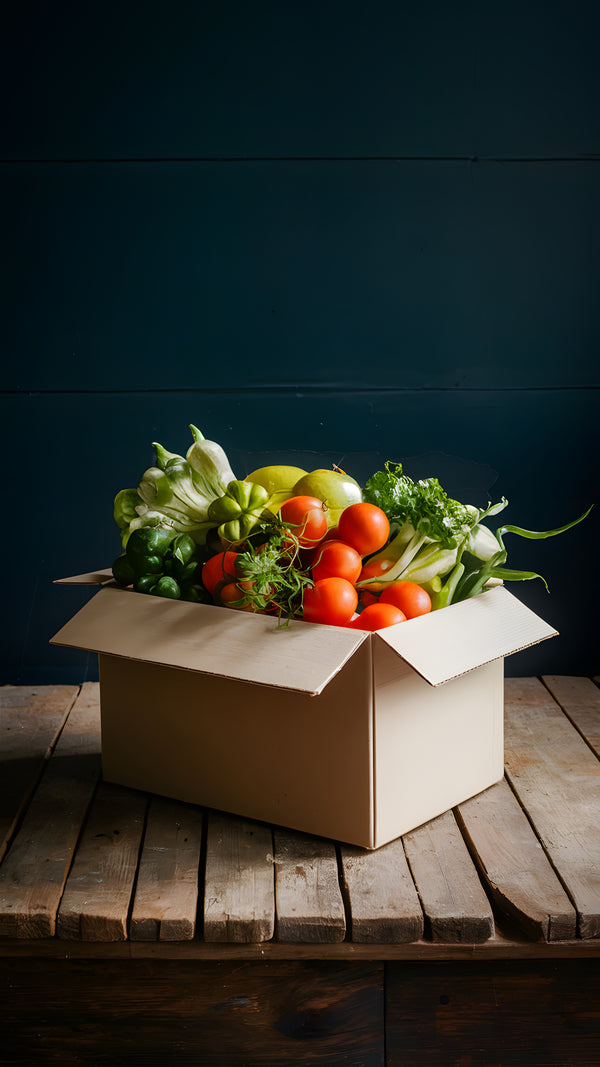















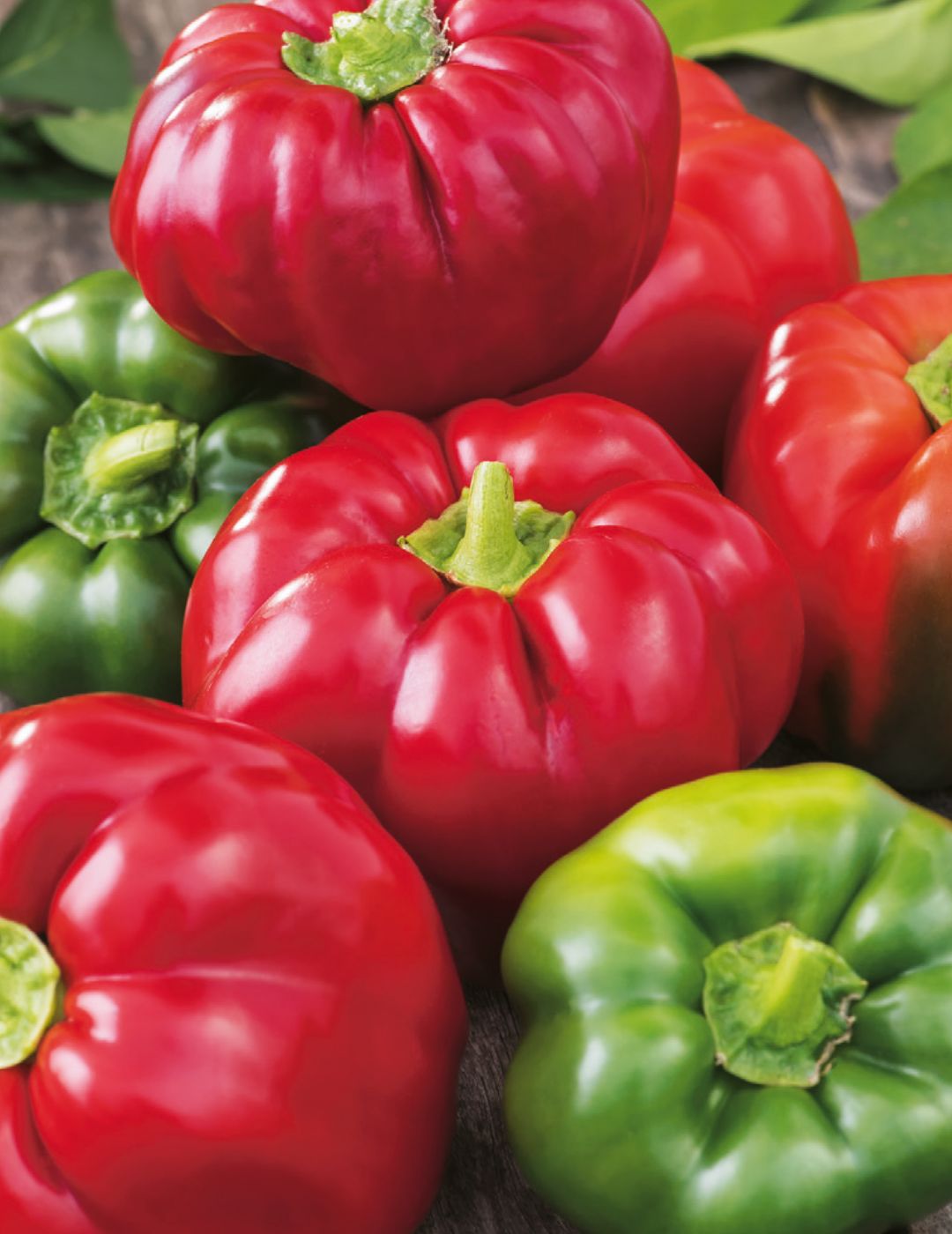
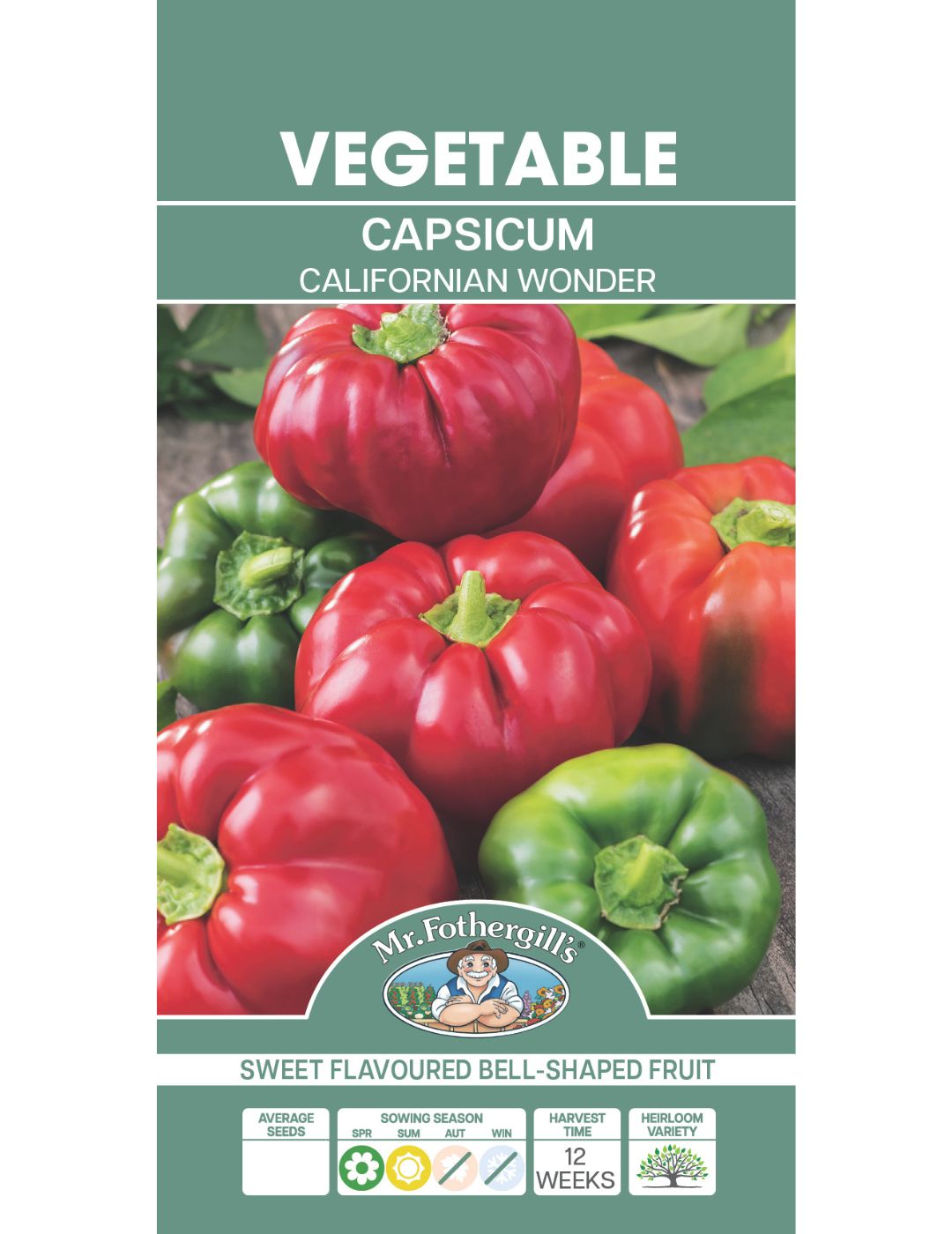
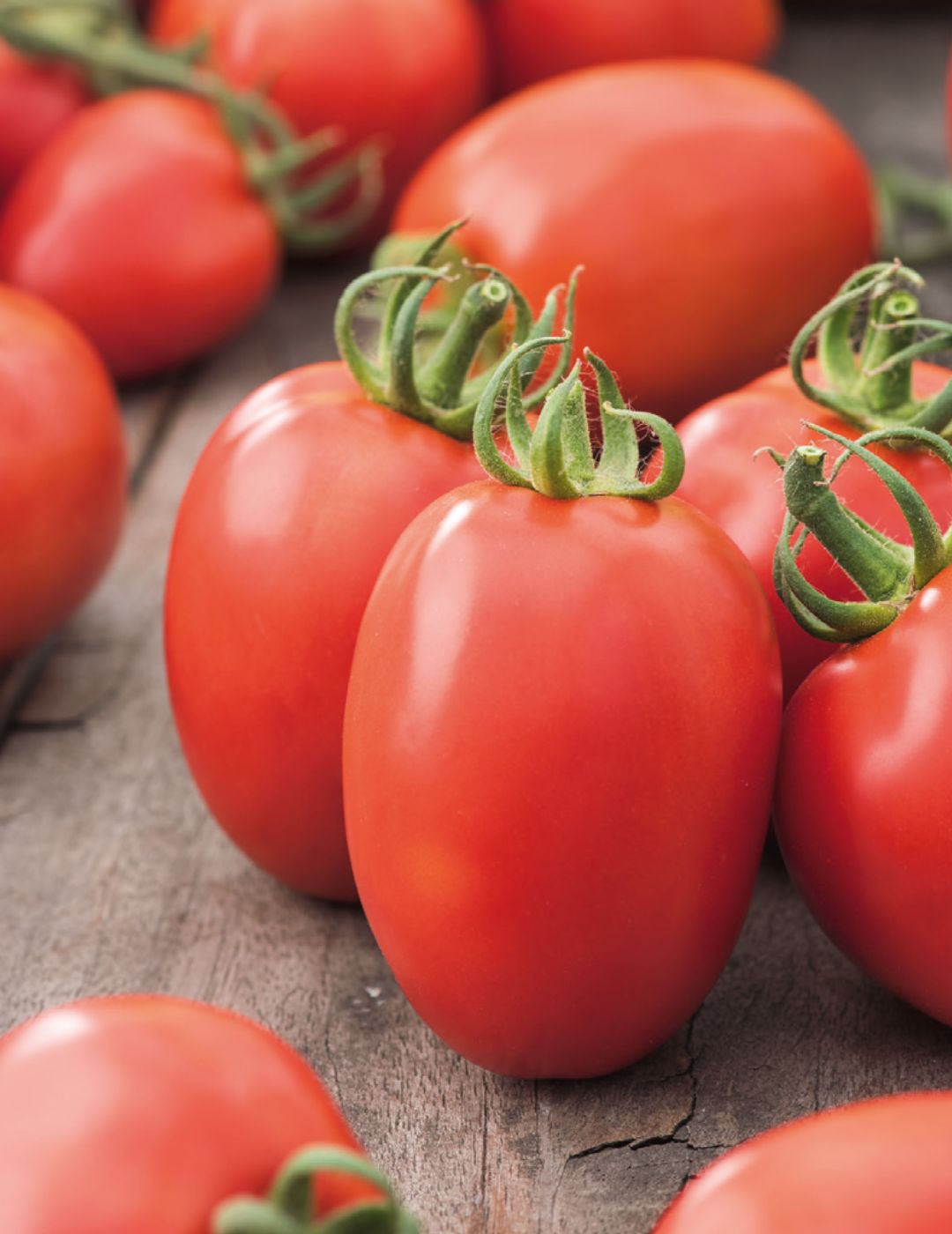
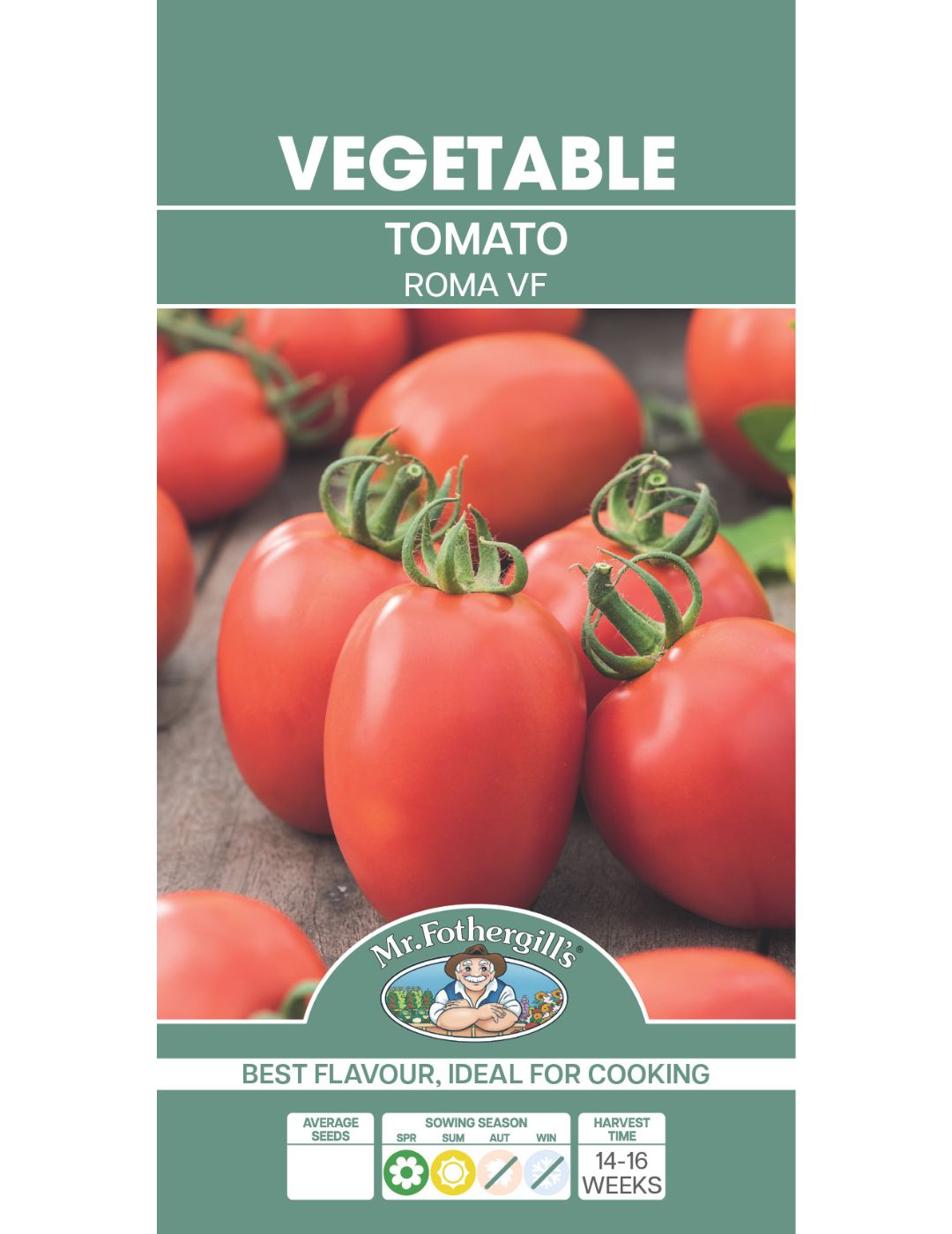
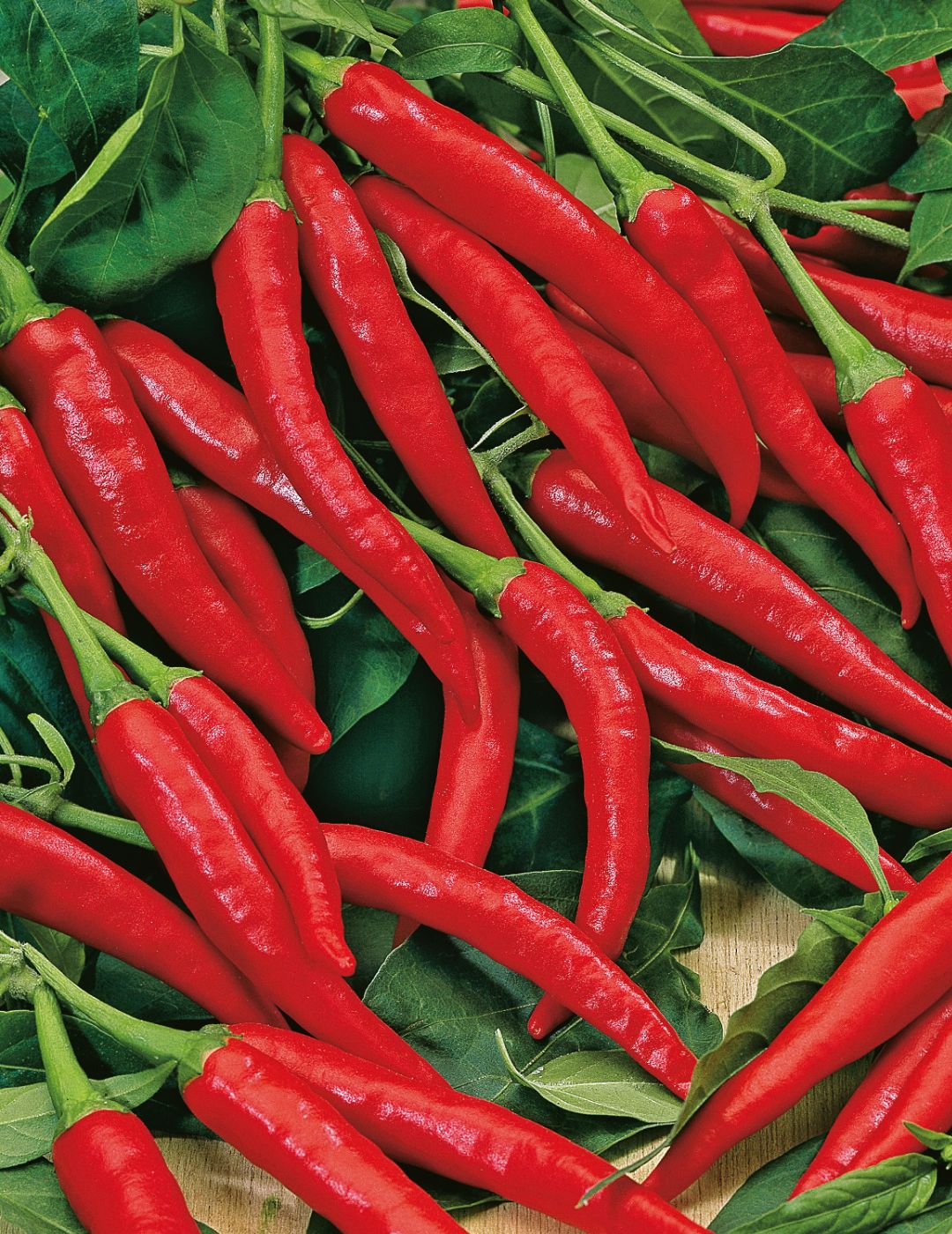
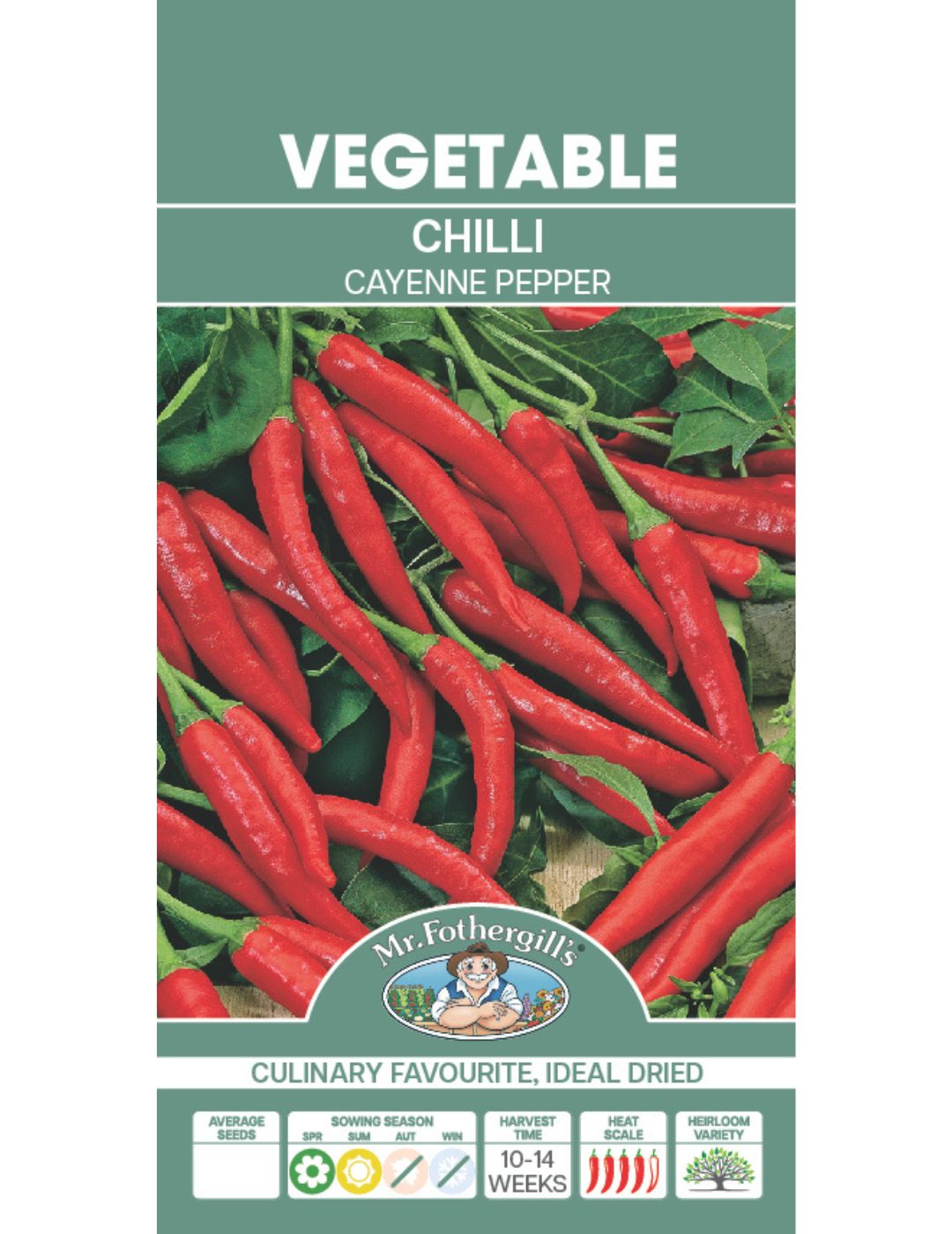
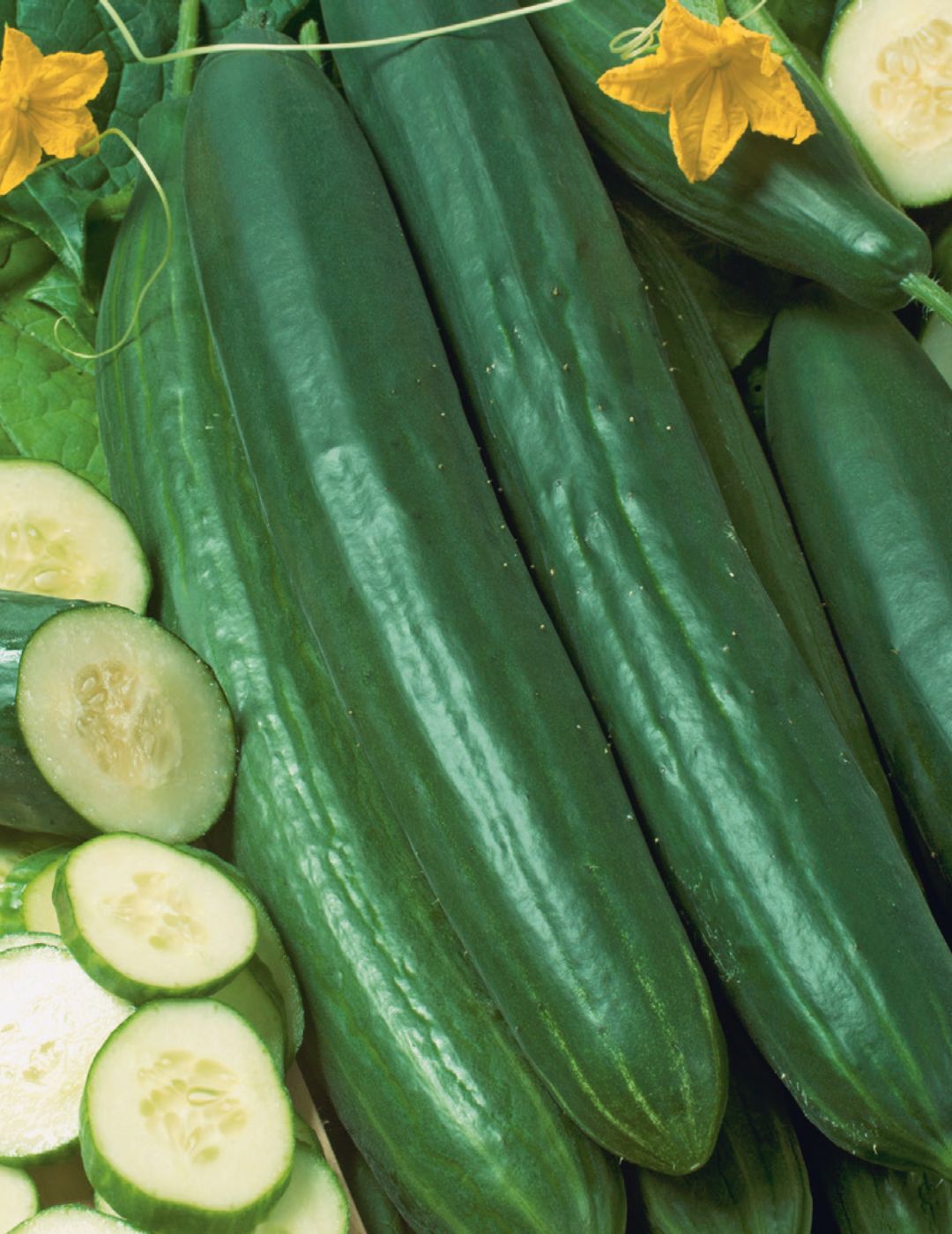
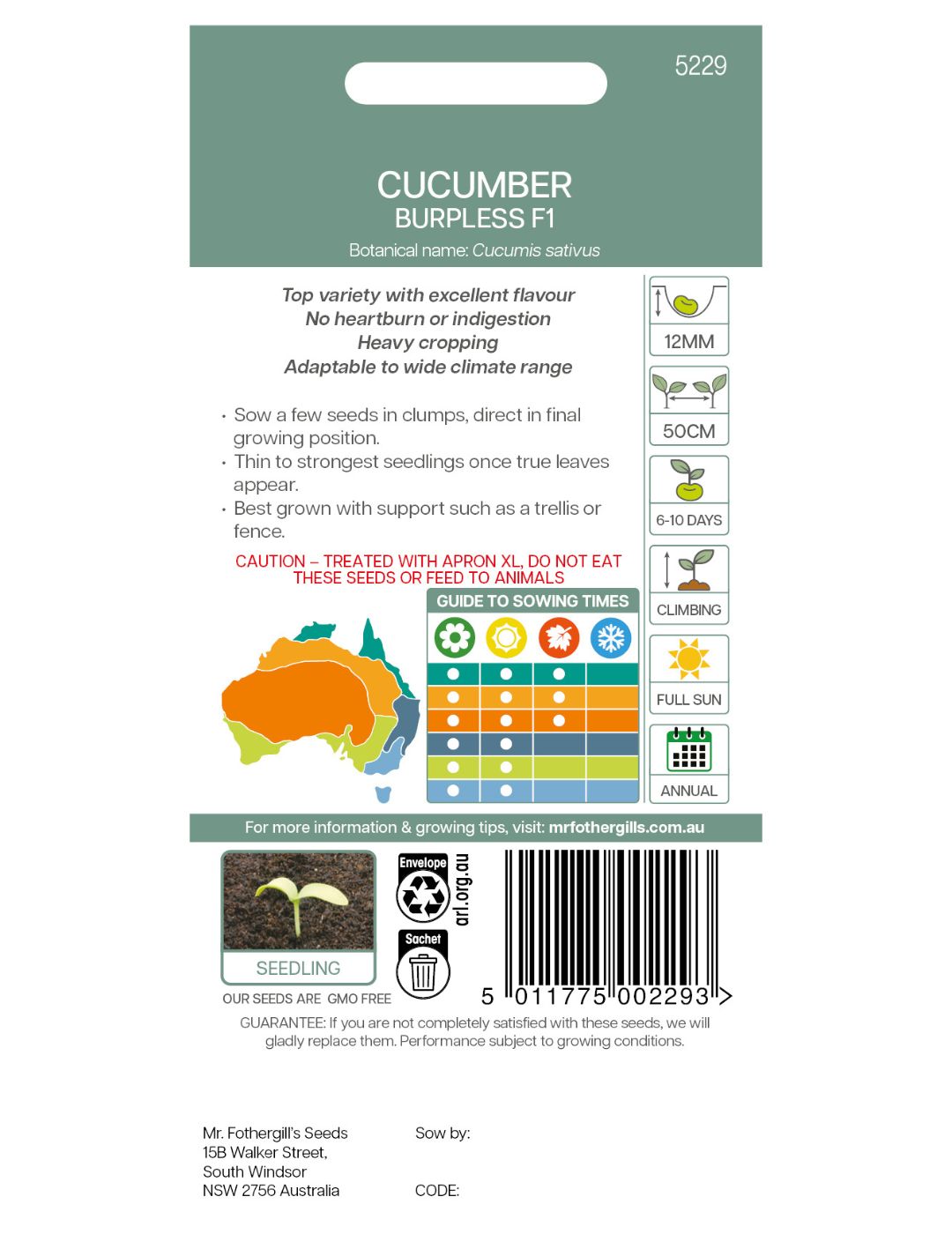
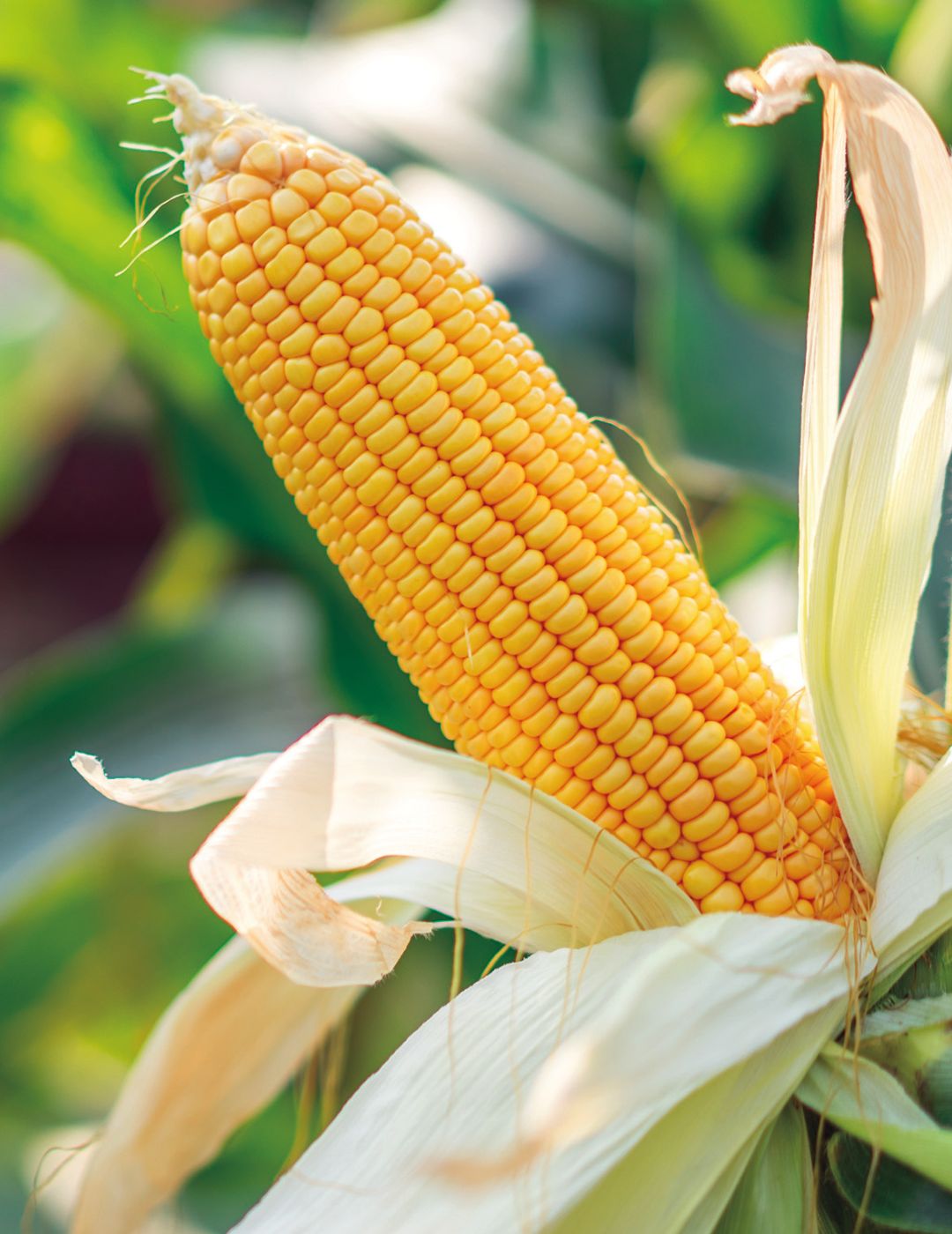
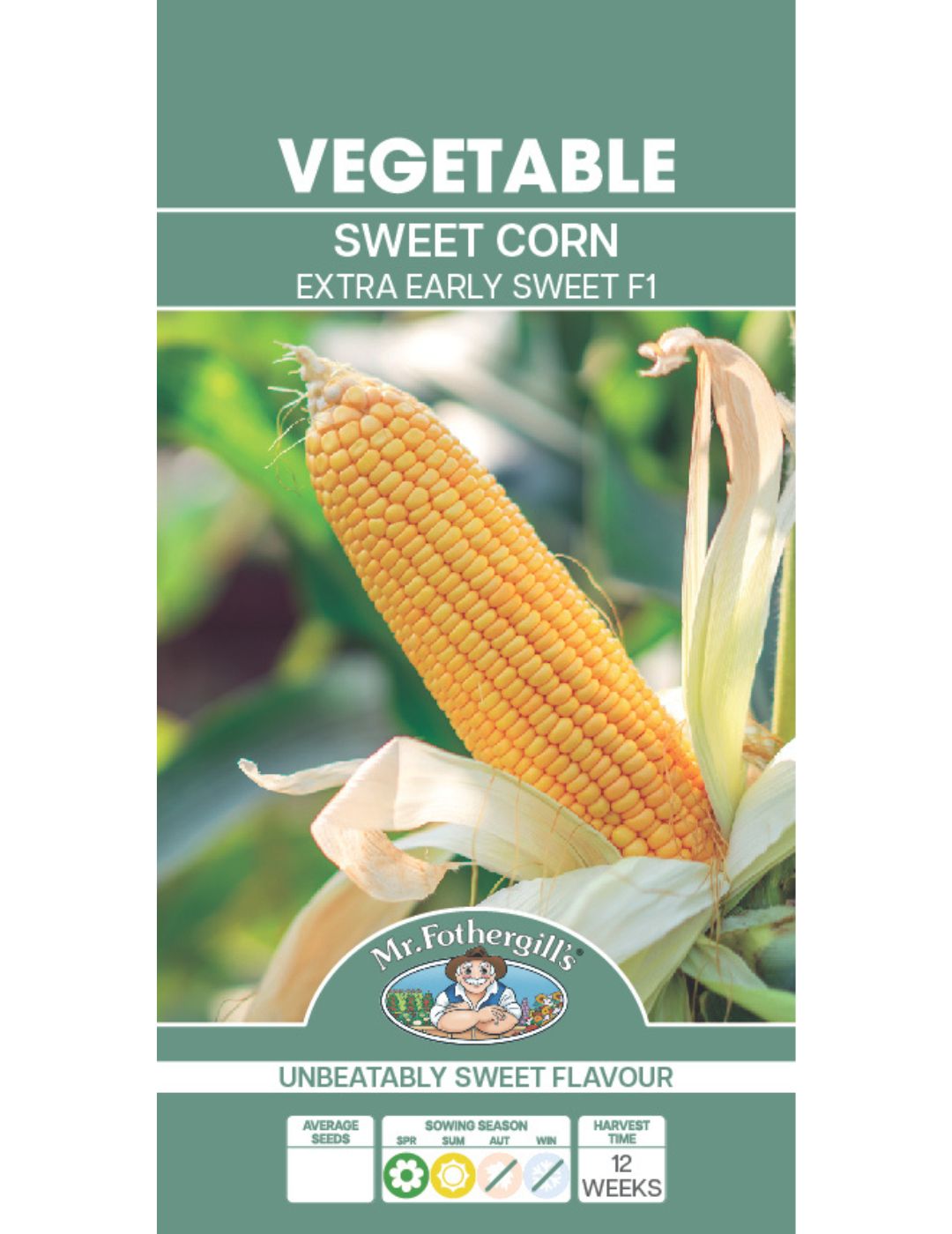
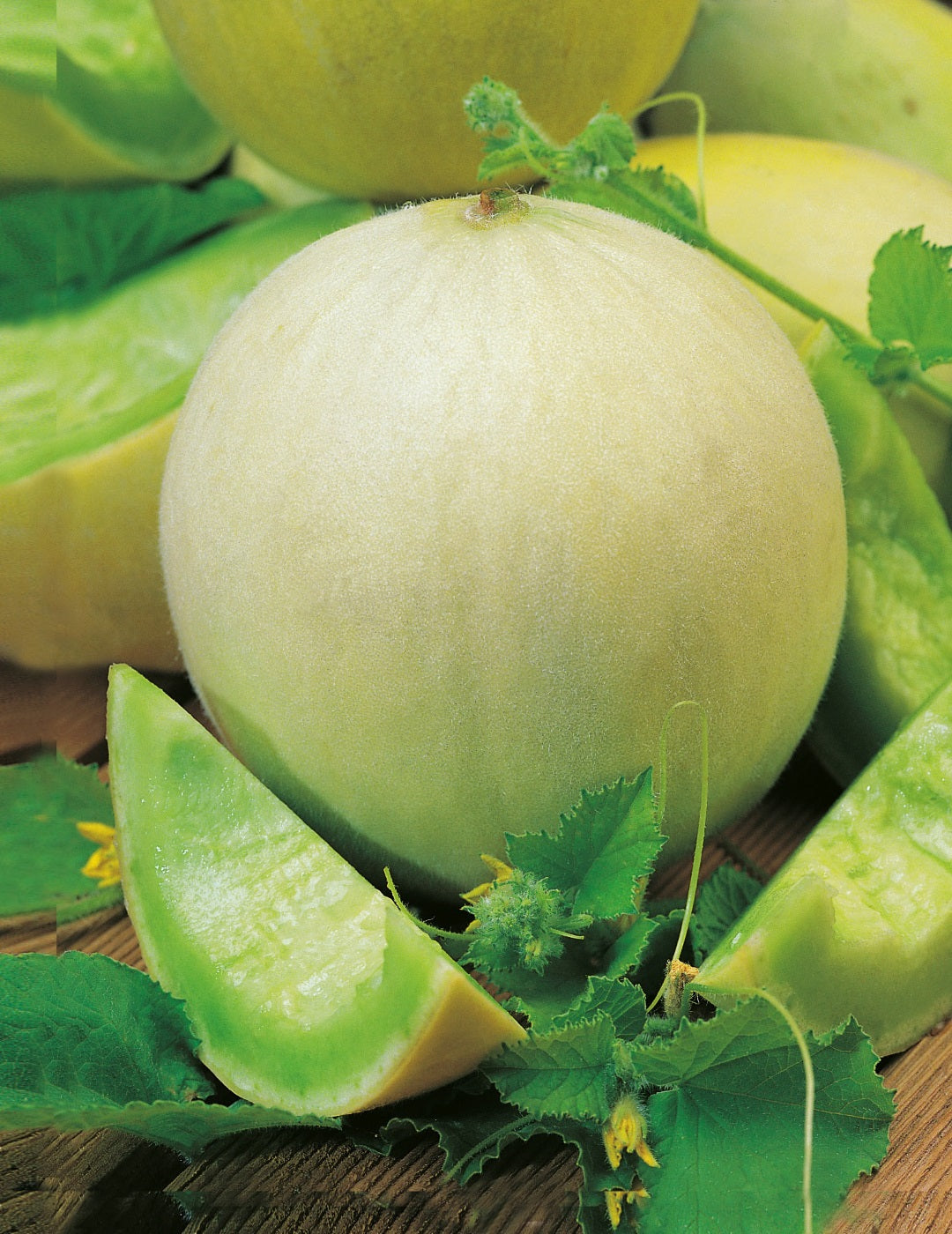
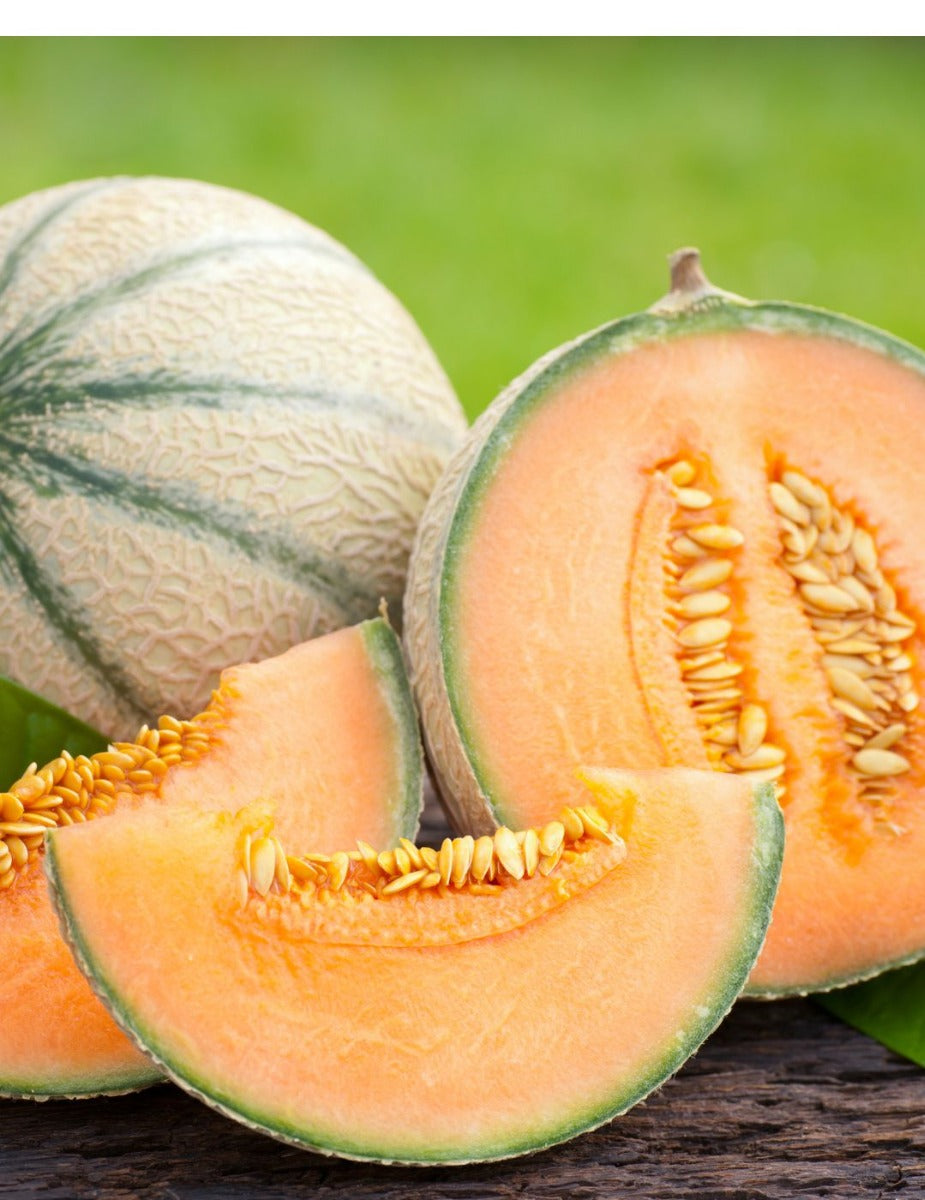
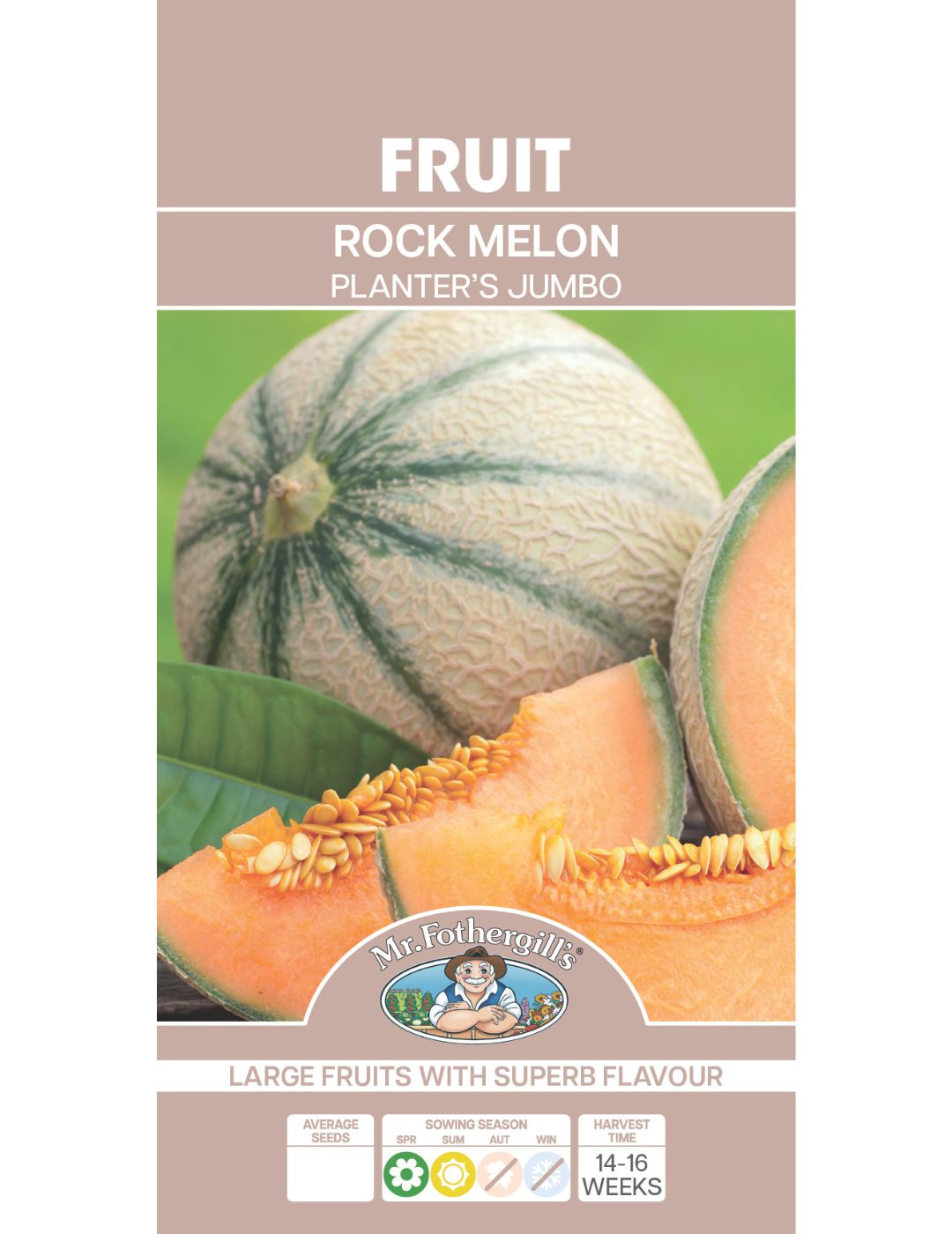

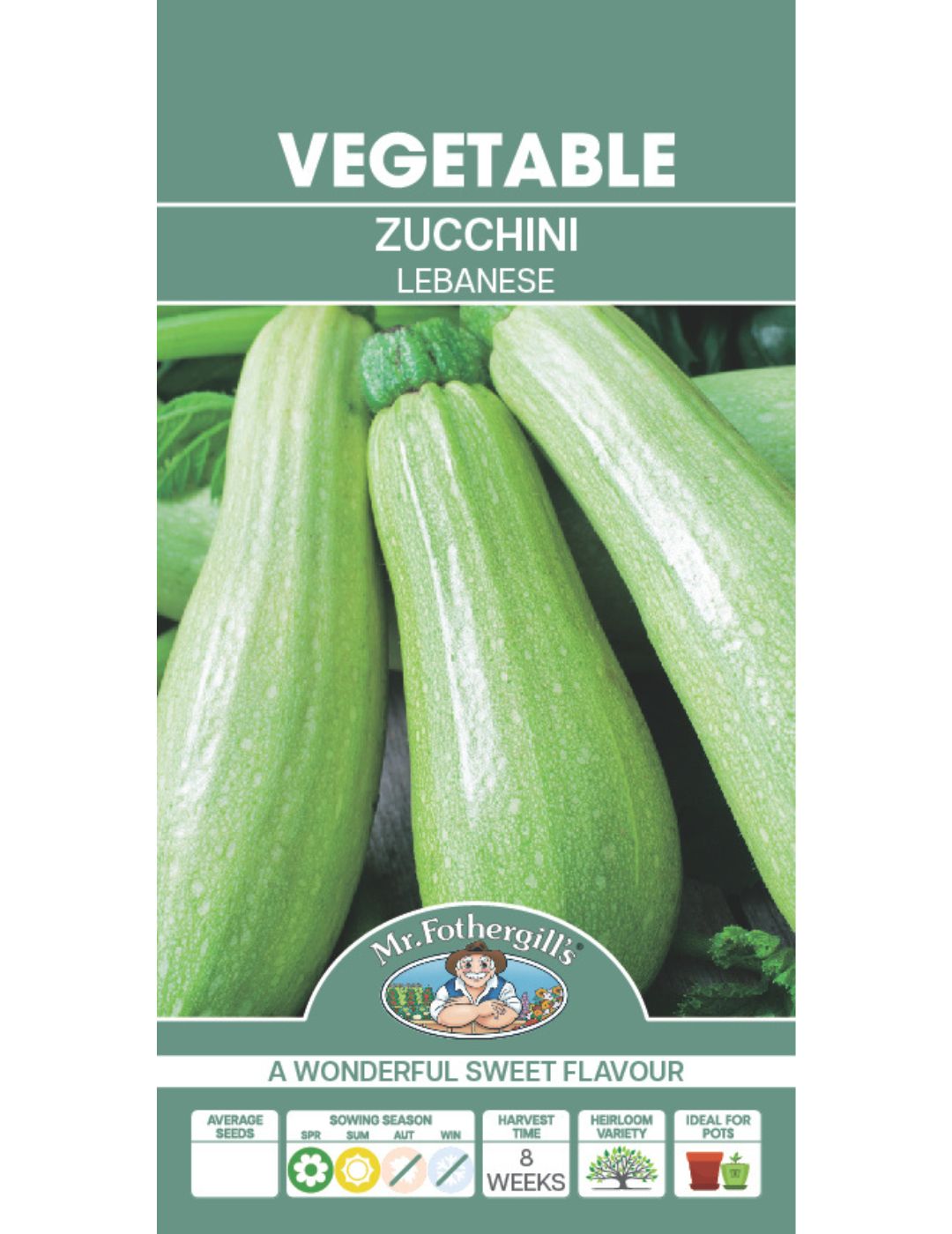
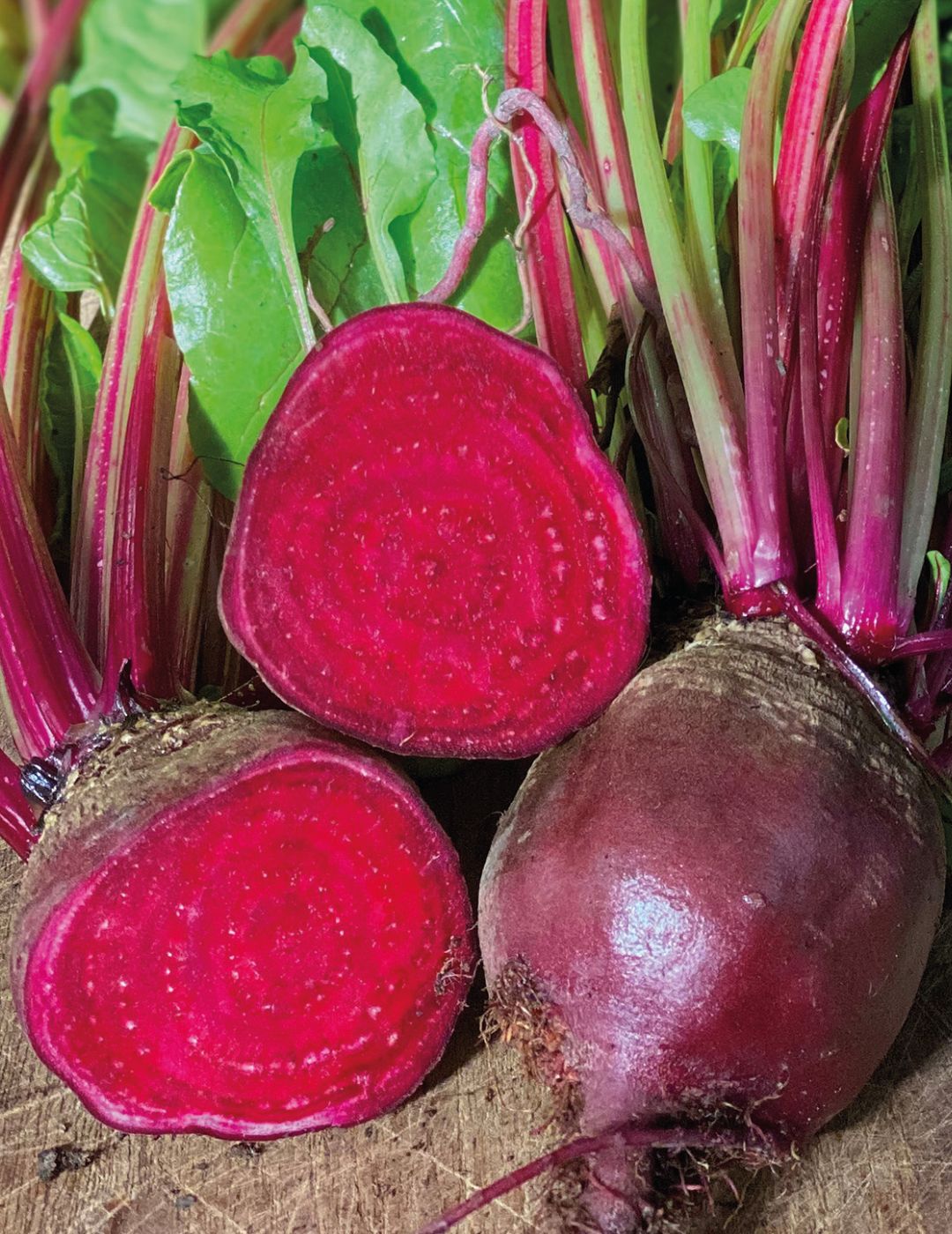
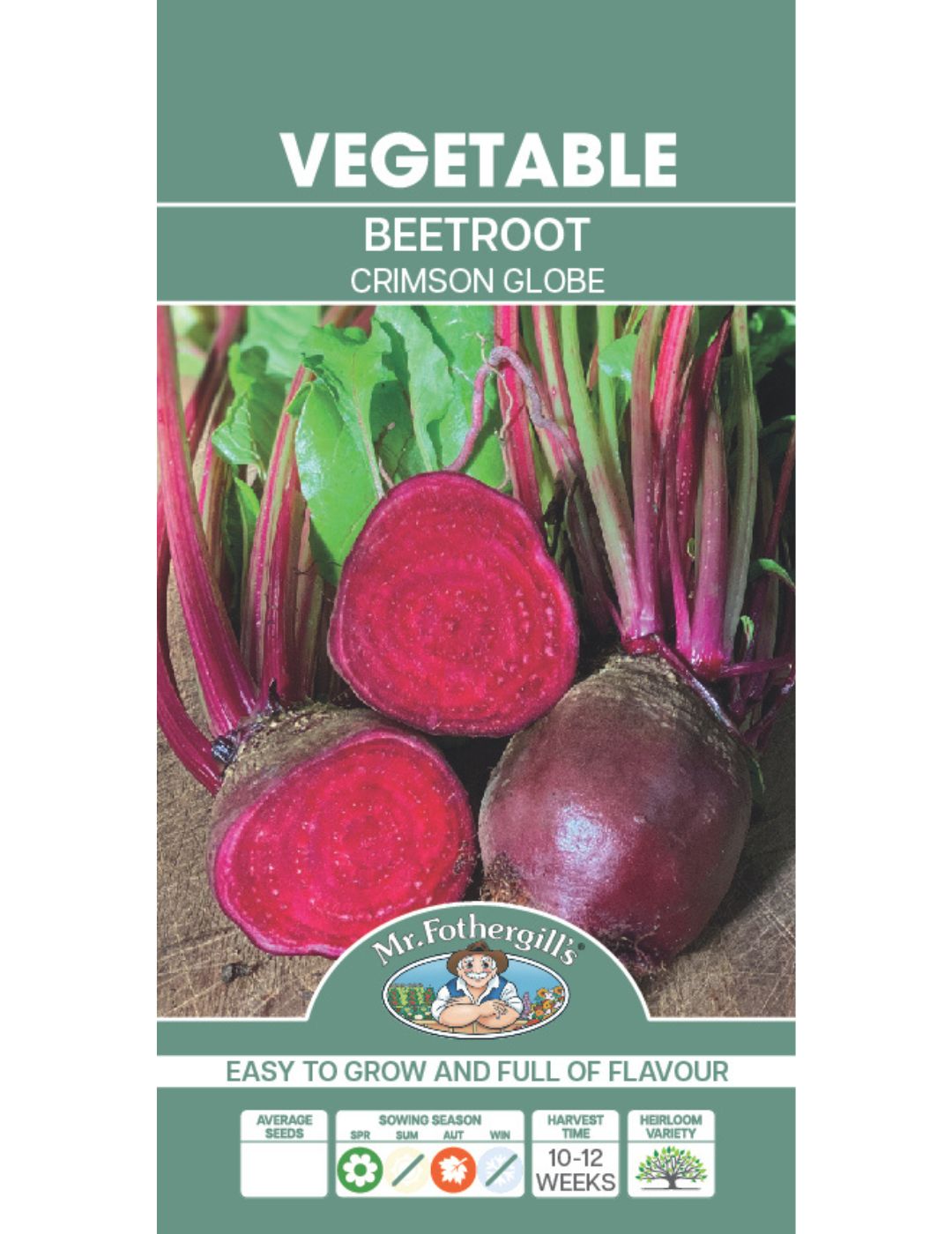
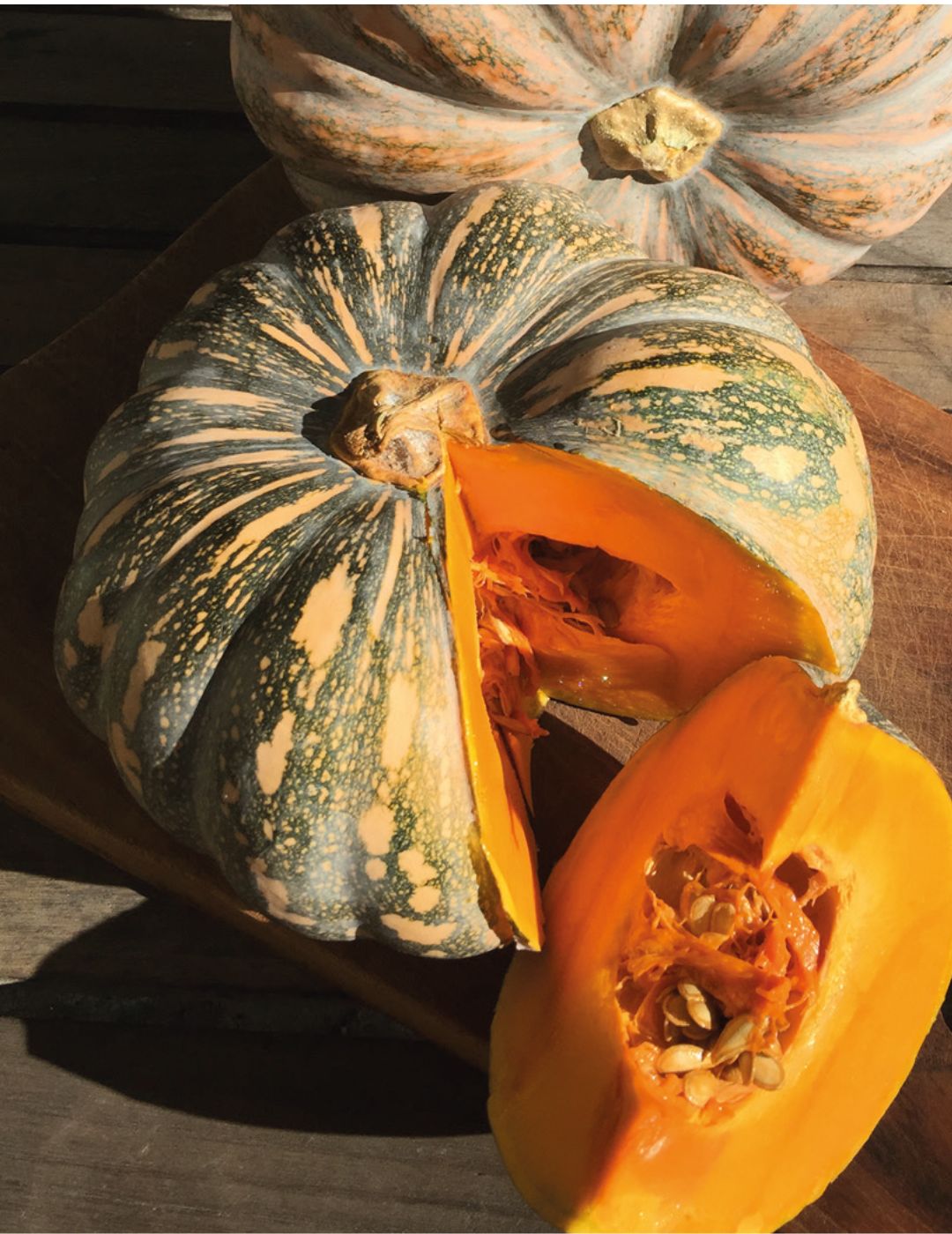
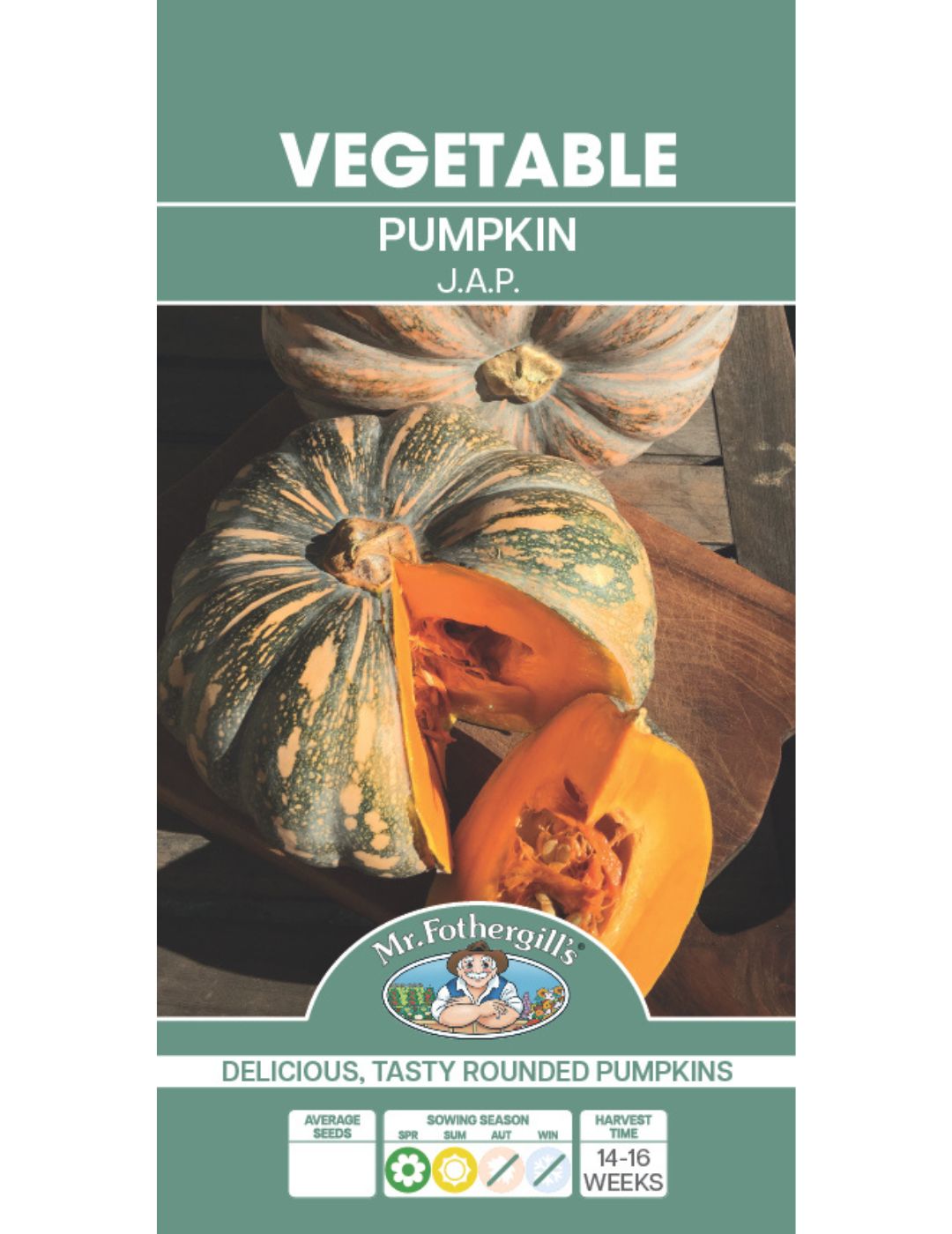
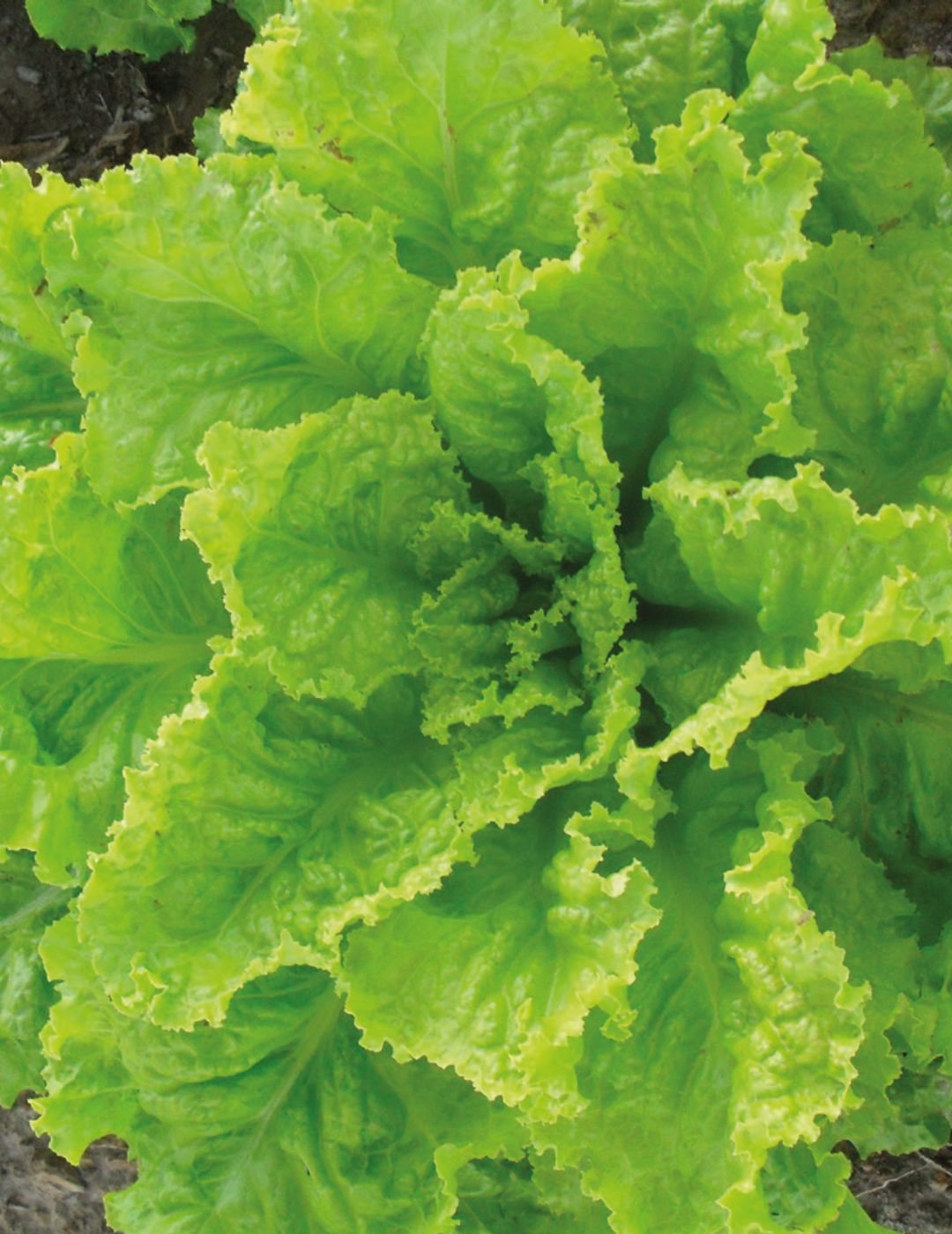
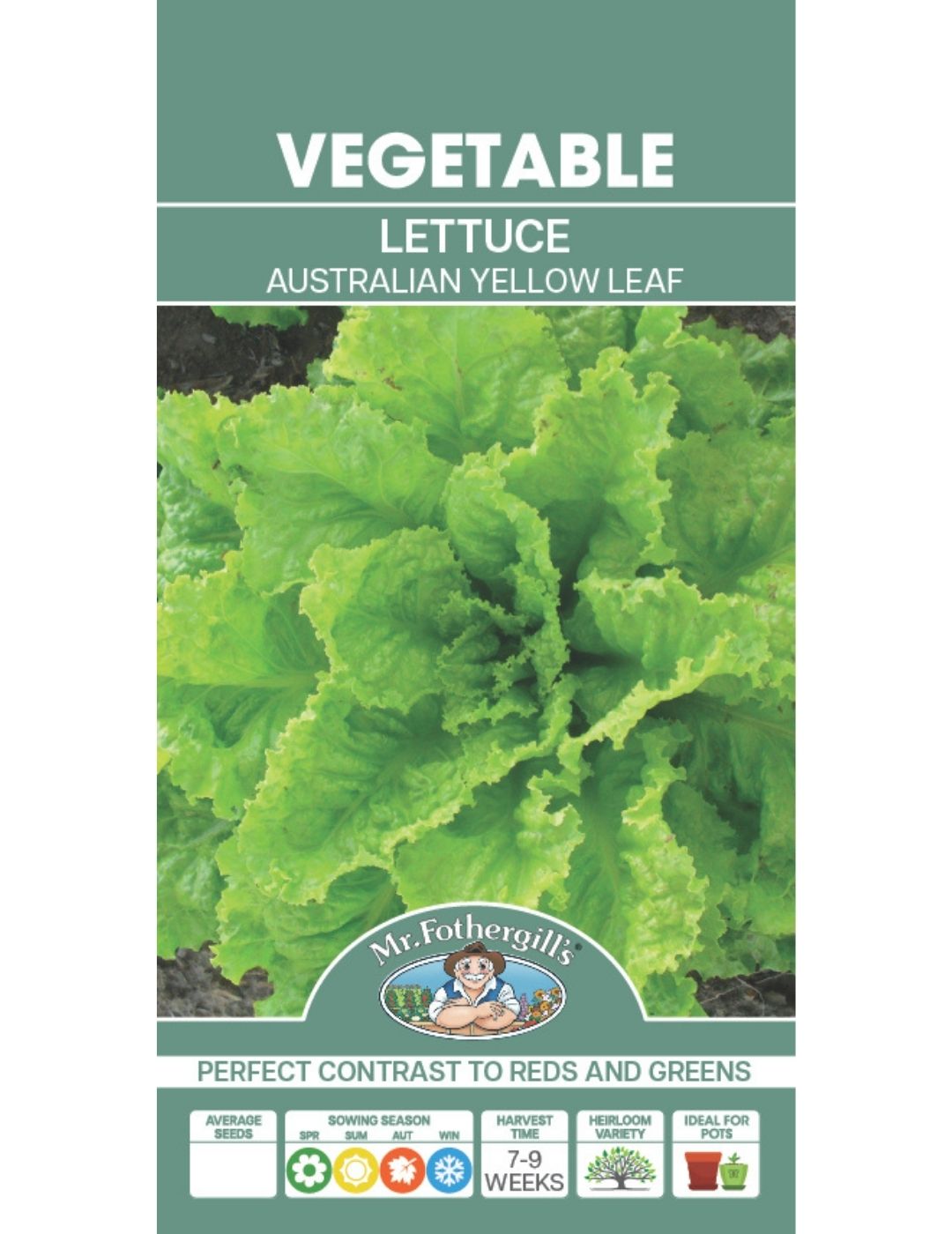
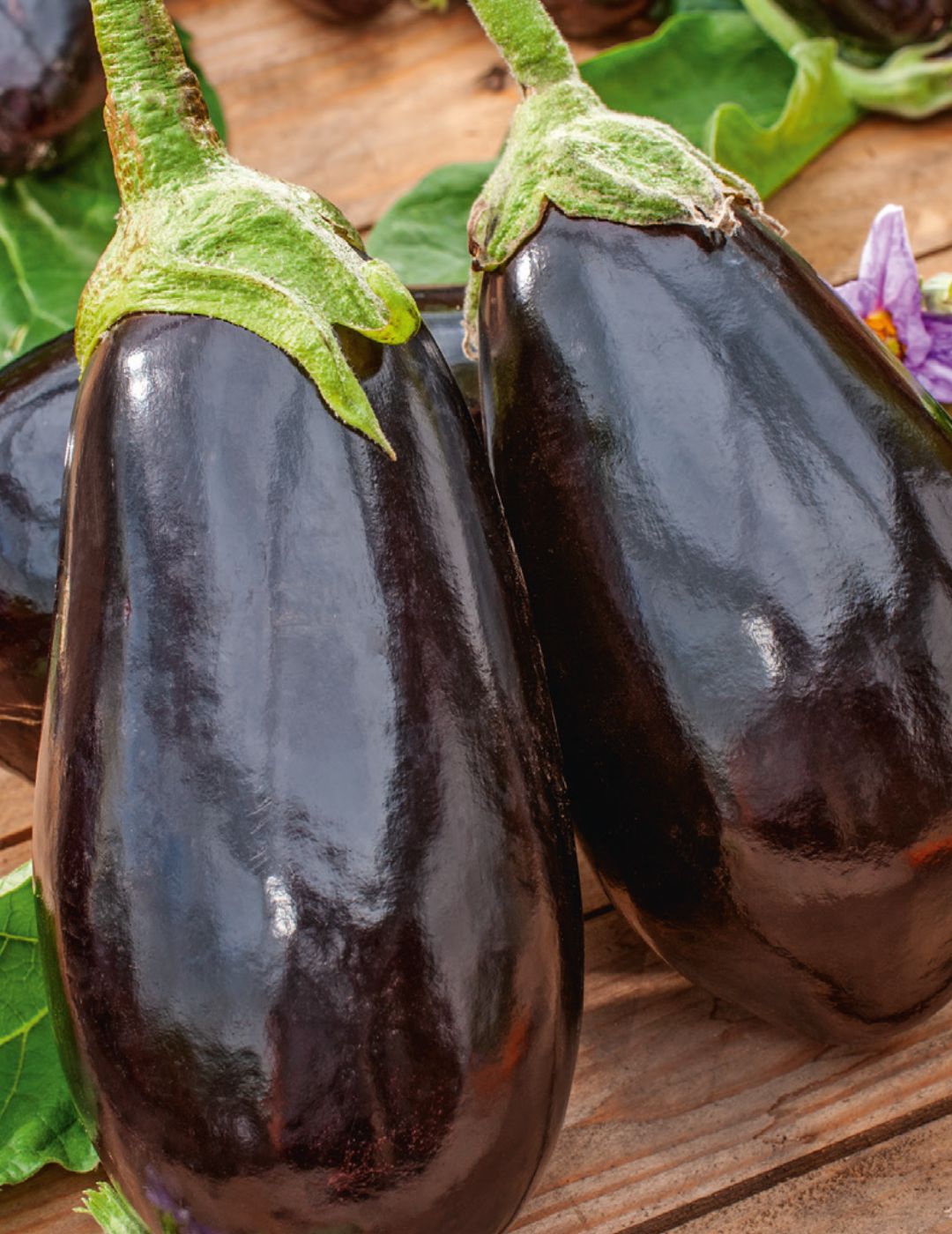
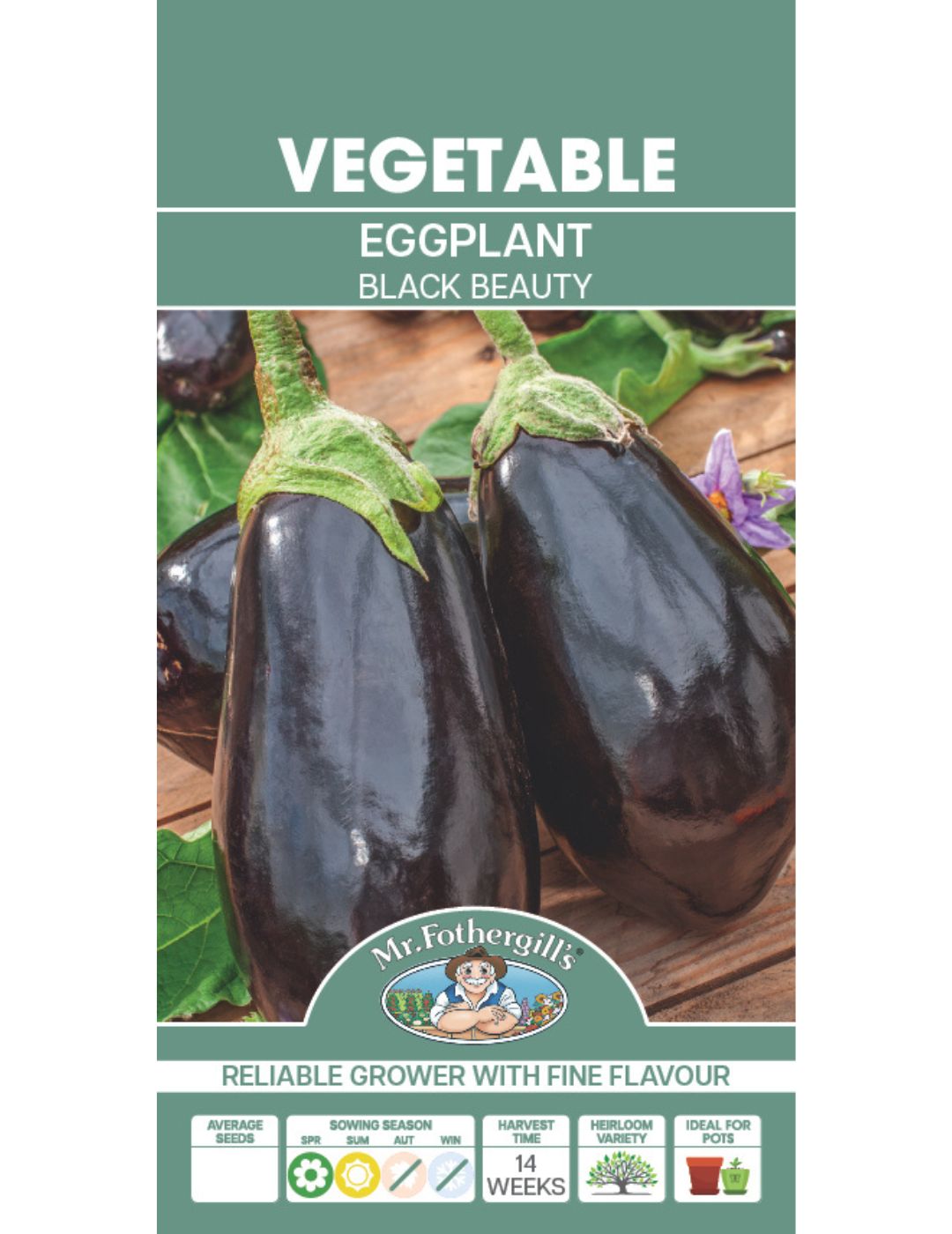
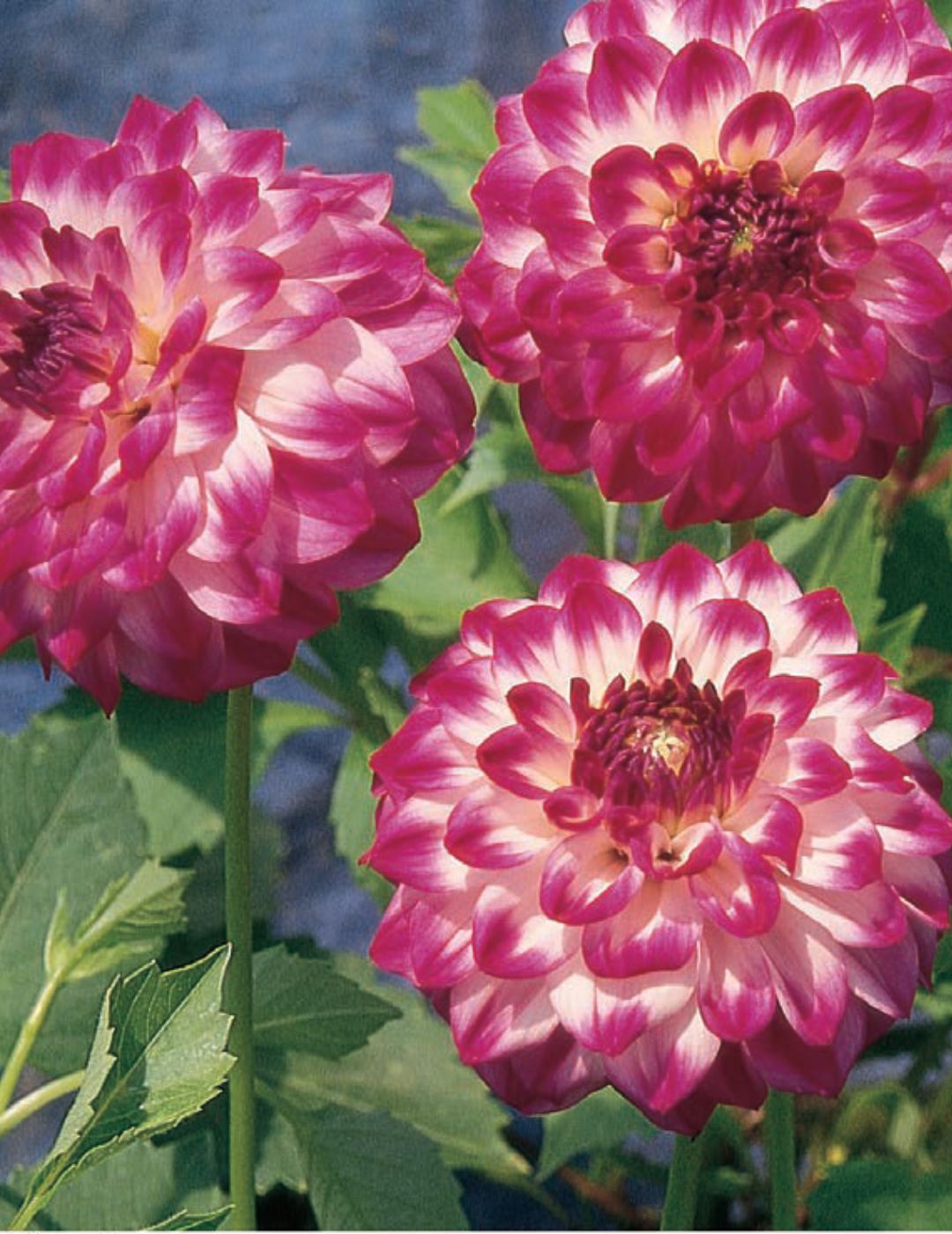
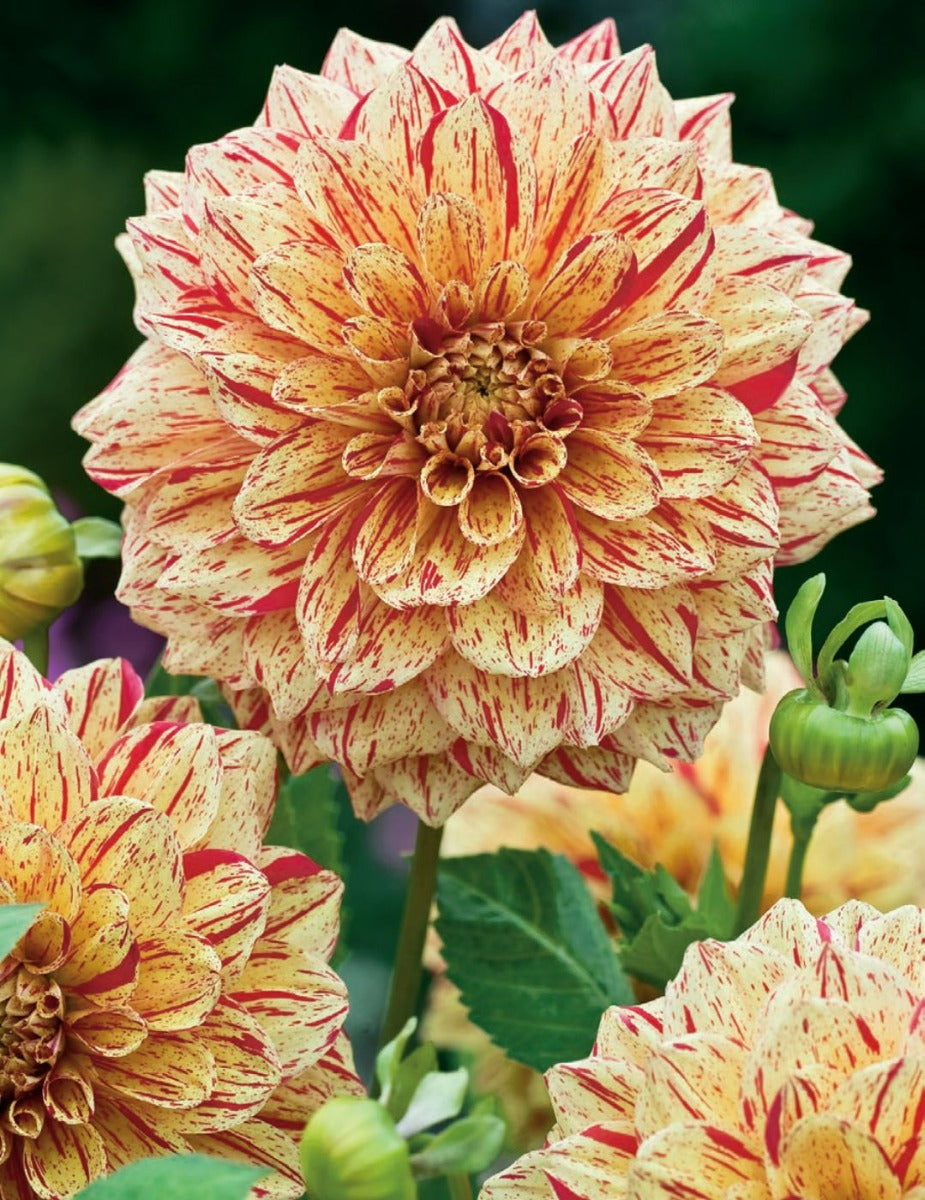
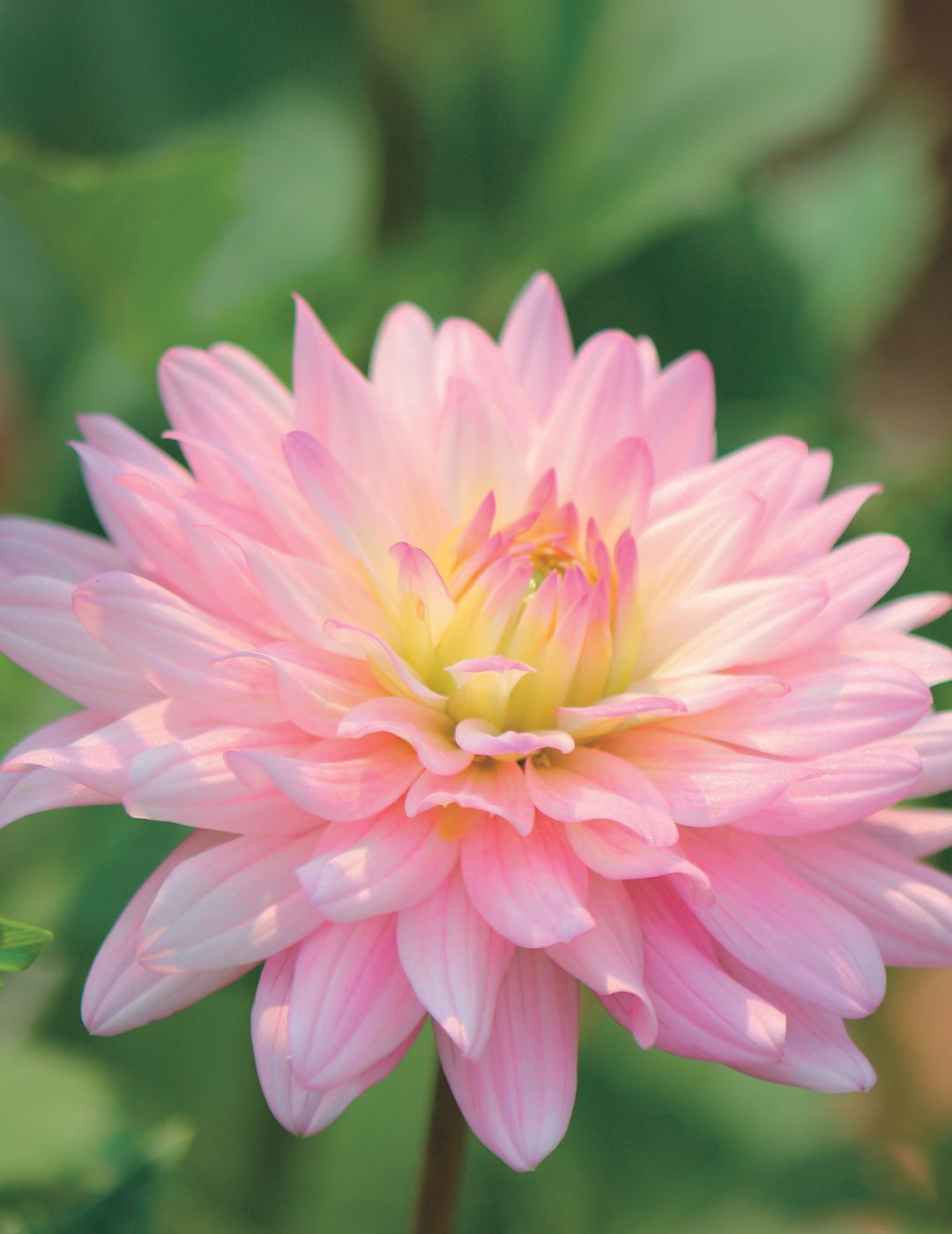
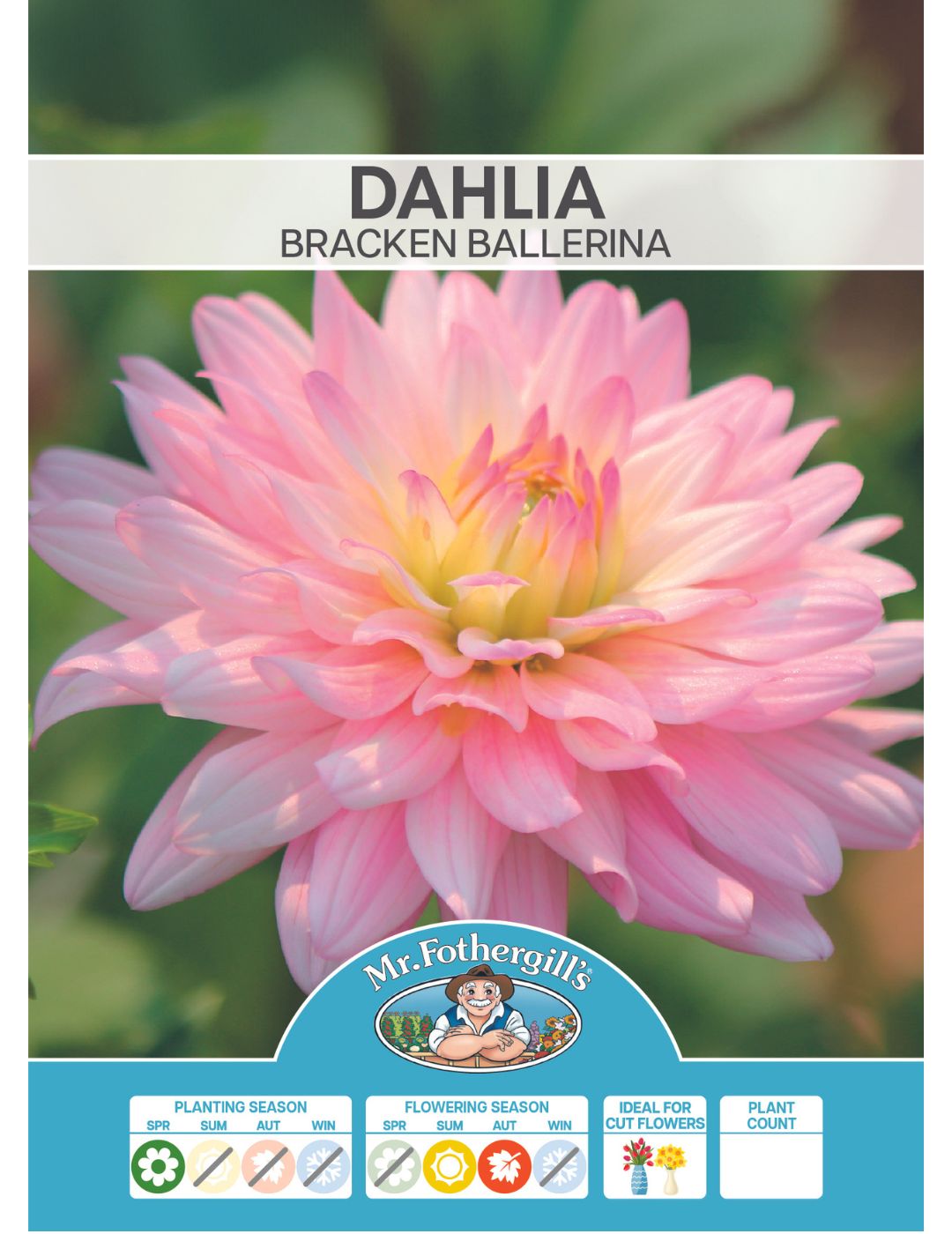
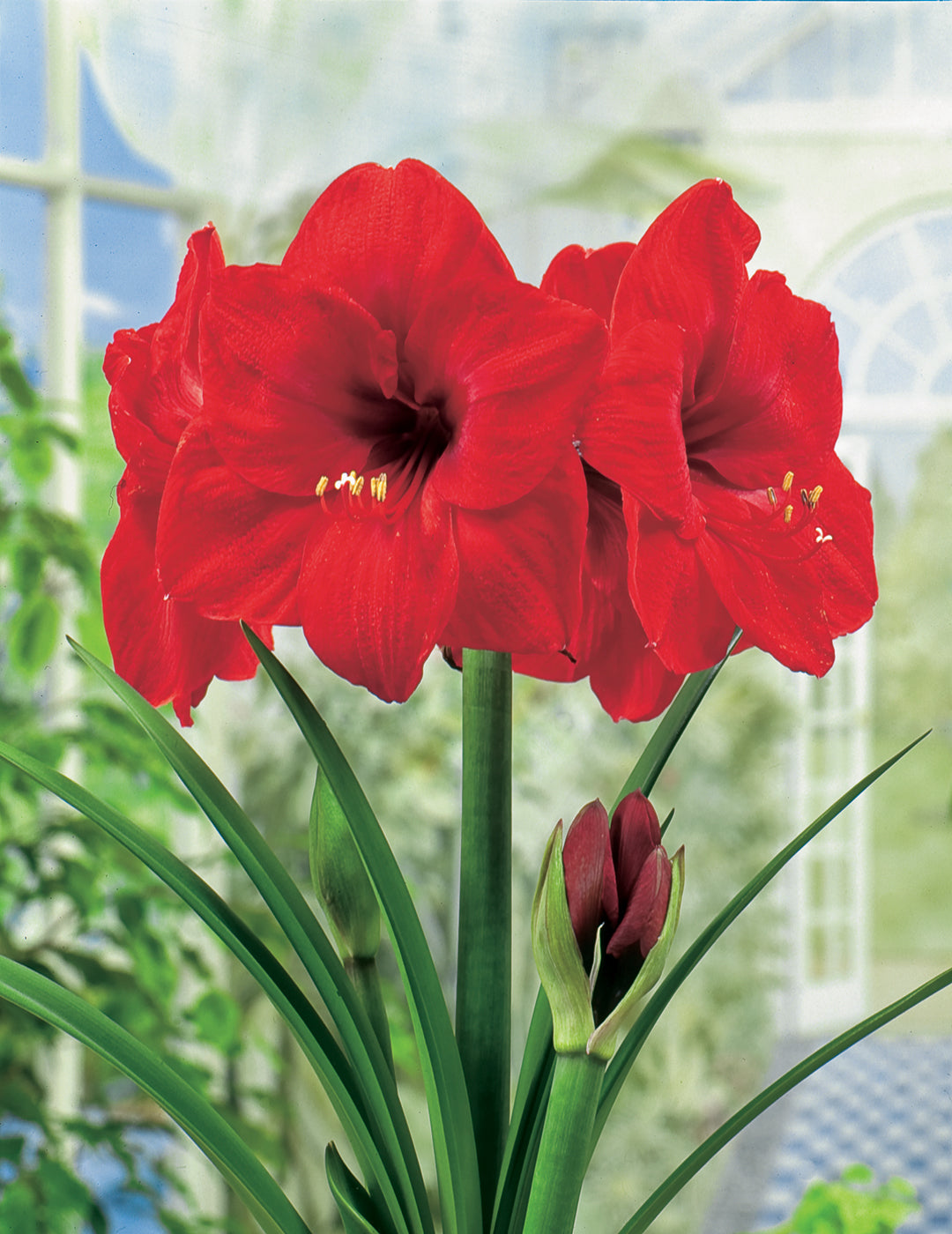
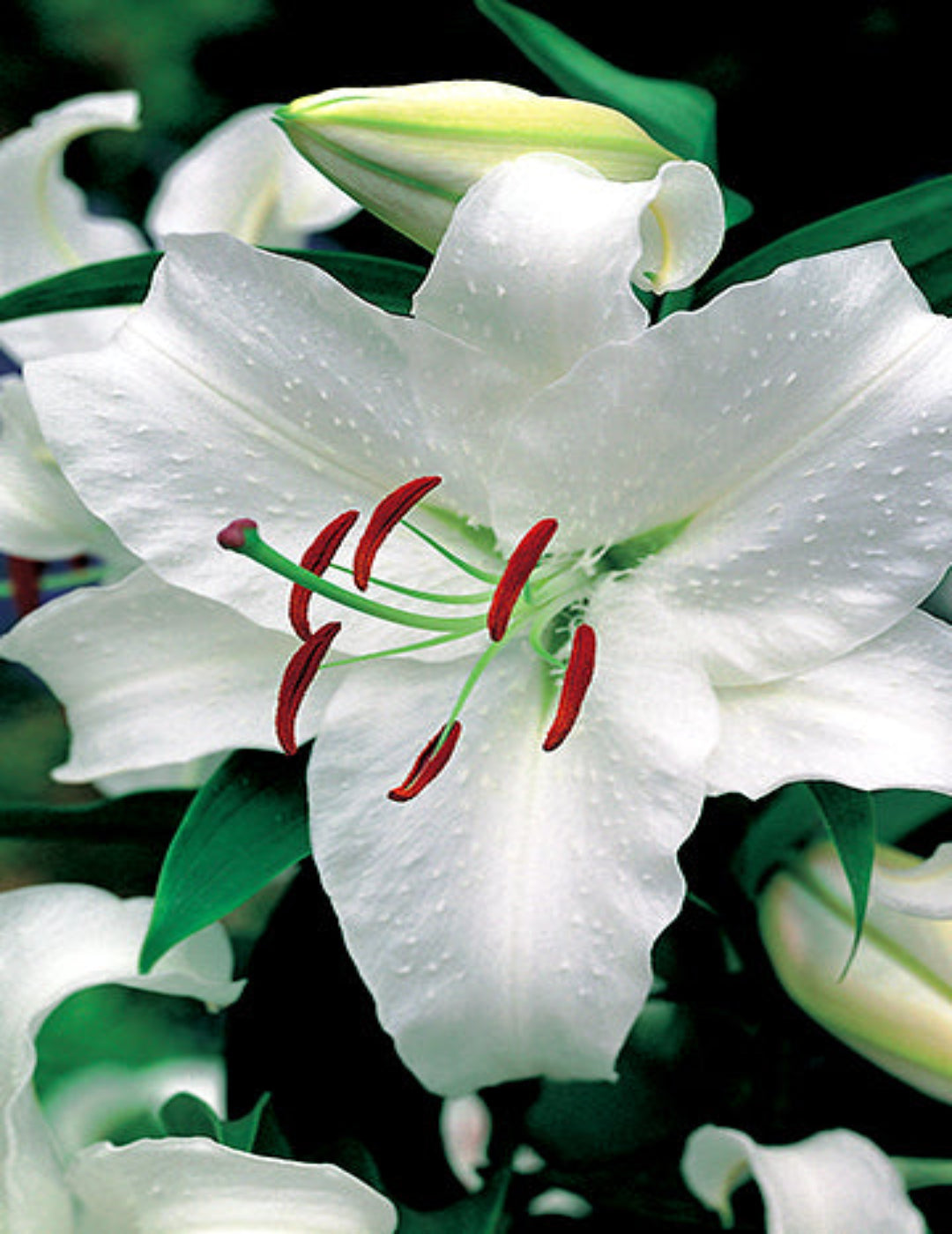



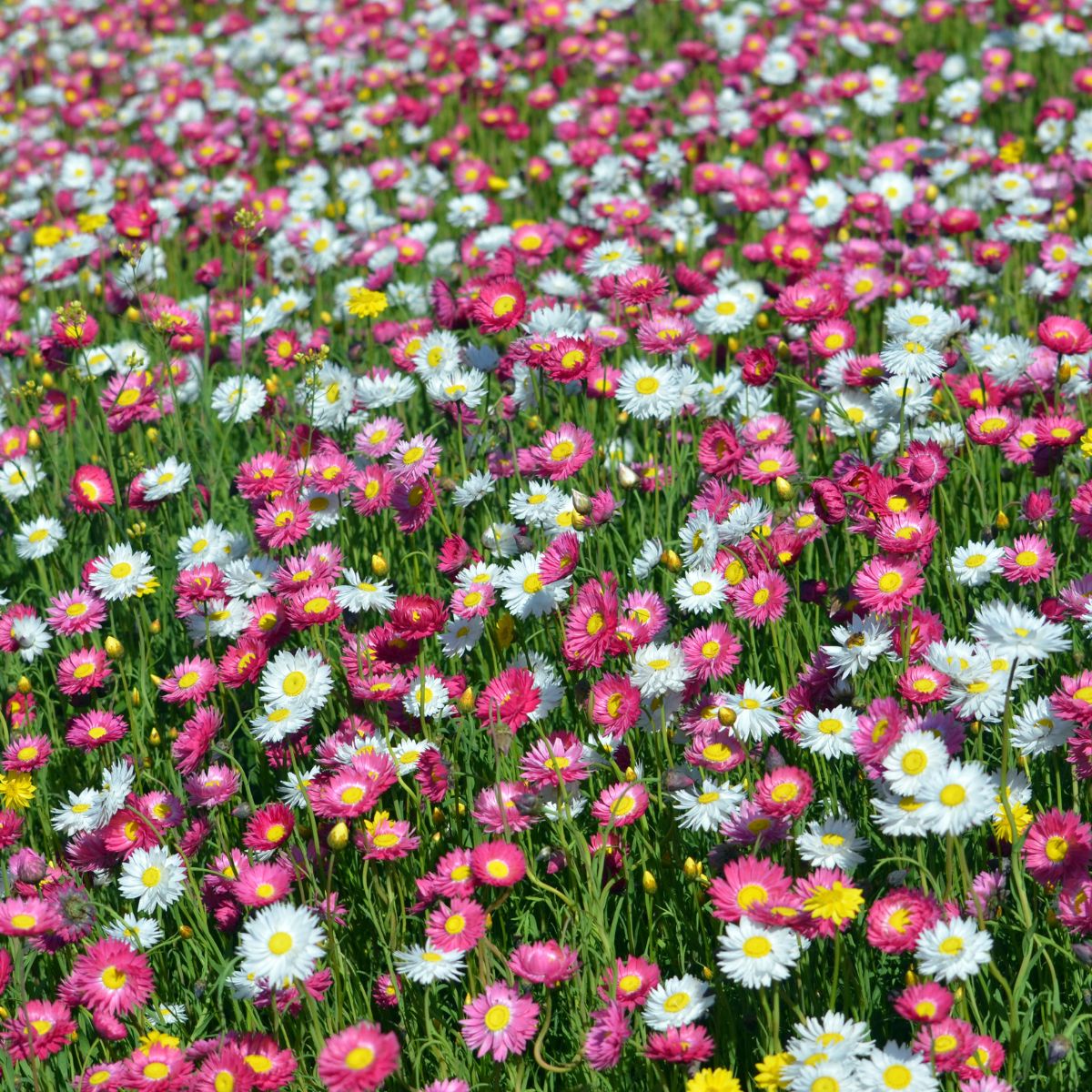

Leave a comment
All comments are moderated before being published.
This site is protected by hCaptcha and the hCaptcha Privacy Policy and Terms of Service apply.